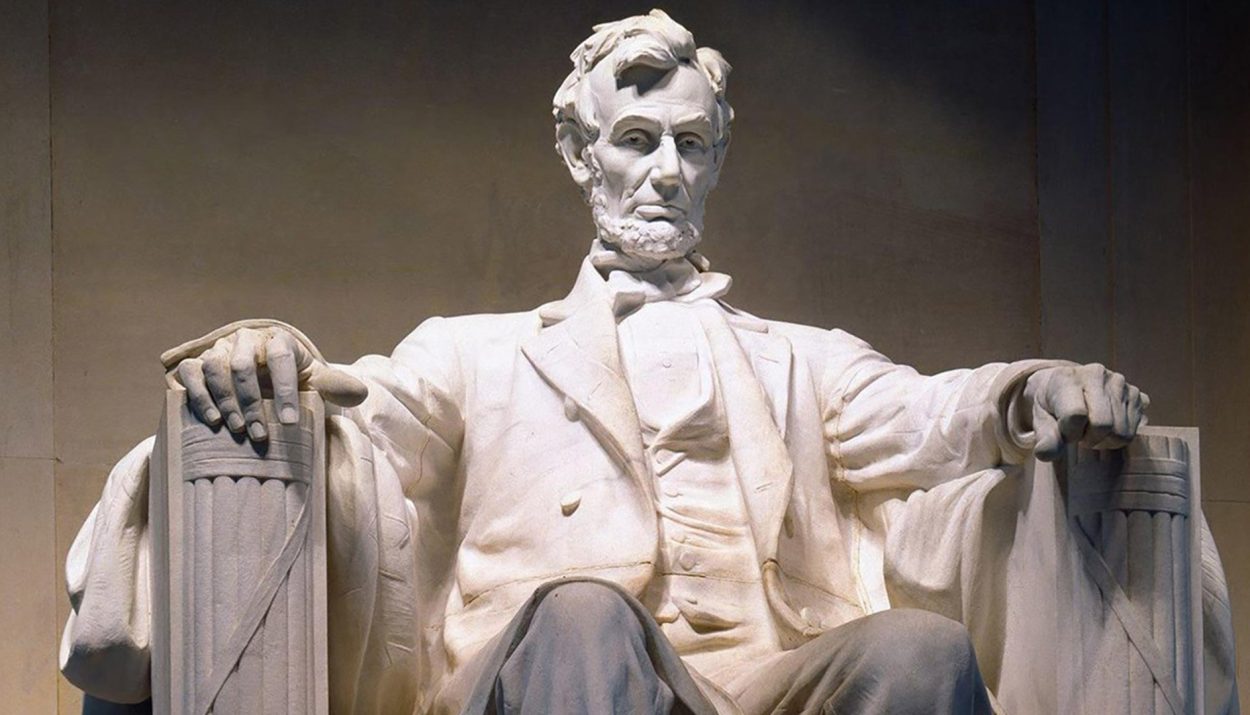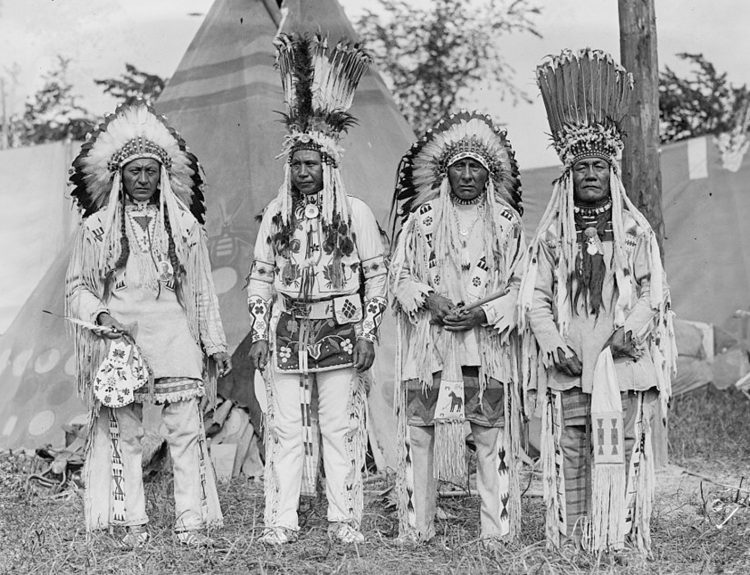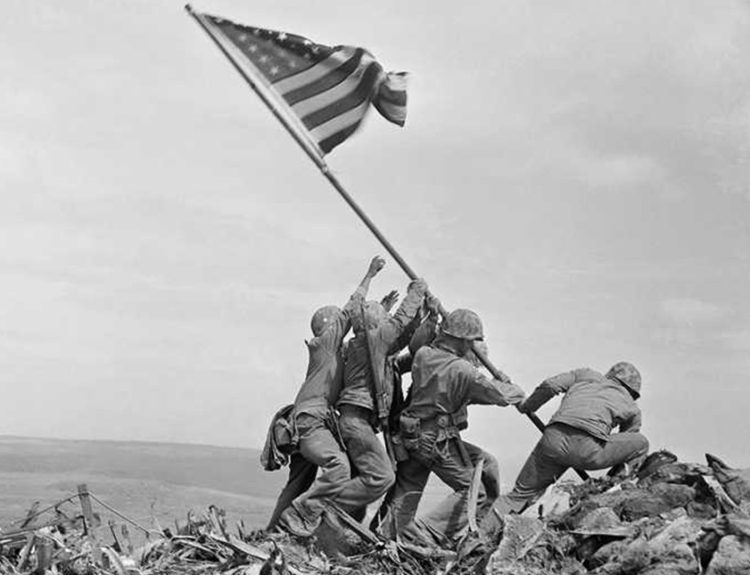Abraham Lincoln, the 16th President of the United States, is widely regarded as one of the most influential figures in American history. His leadership during the Civil War, his commitment to abolishing slavery, and his enduring legacy have cemented his place in the annals of time. Now, a new trivia game allows you to test your knowledge of this iconic figure.
With 60 thought-provoking questions, “Honest Abe” offers a captivating journey through Lincoln’s life and times. So, how well do you really know the man who steered the nation through its darkest hour?
1. What caused the death of President Lincoln?

A. Assassination
B. Pneumonia
C. Fever
D. Drowning
Answer: A. Assassination

Insight: Just days after the Confederacy’s defeat at Appomattox, John Wilkes Booth, a Confederate supporter, assassinated President Abraham Lincoln. It happened at Ford’s Theatre on April 14, 1865. John Wilkes’ principal motivation for this horrific murder was to remove Lincoln and bring back the Confederate cause.
2. Can you name the woman Abraham Lincoln married on the 4th of November, 1842?

A. Annabelle Bartley
B. Mary Owens
C. Mary Todd
D. Elizabeth Edwards
Answer: C. Mary Todd
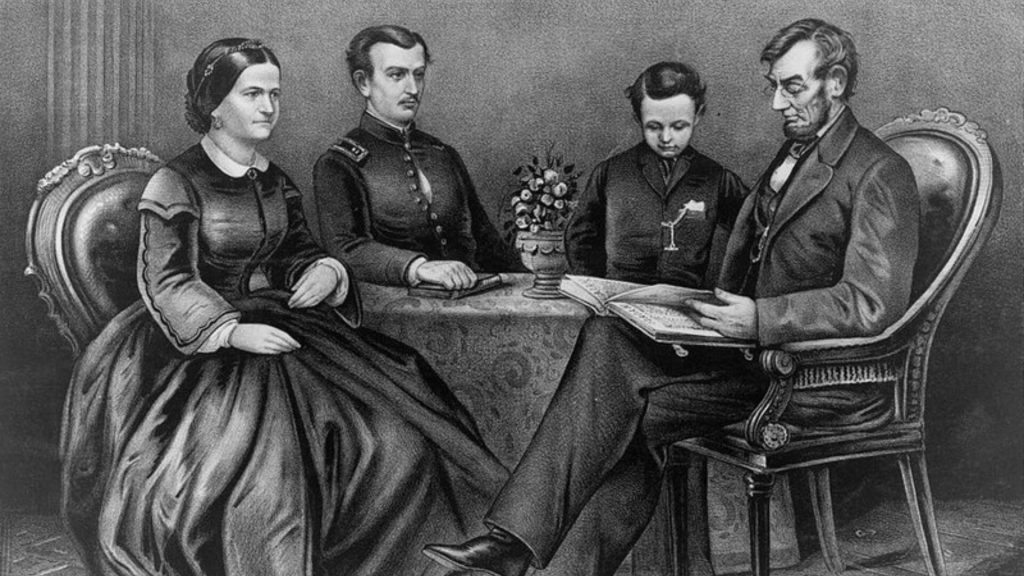
Insight: Though Abraham Lincoln and Mary Todd wed in 1842, their love story wasn’t straightforward. Their initial engagement in 1841 fell apart, but fate intervened and they married a year later at Mary’s sister’s home in Springfield.
3. John Wilkes Booth’s final stop during his escape was at the Garret farmhouse in Virginia. What type of farm was it known to be?

A. Corn
B. Opium
C. Tobacco
D. Horse
Answer: C. Tobacco
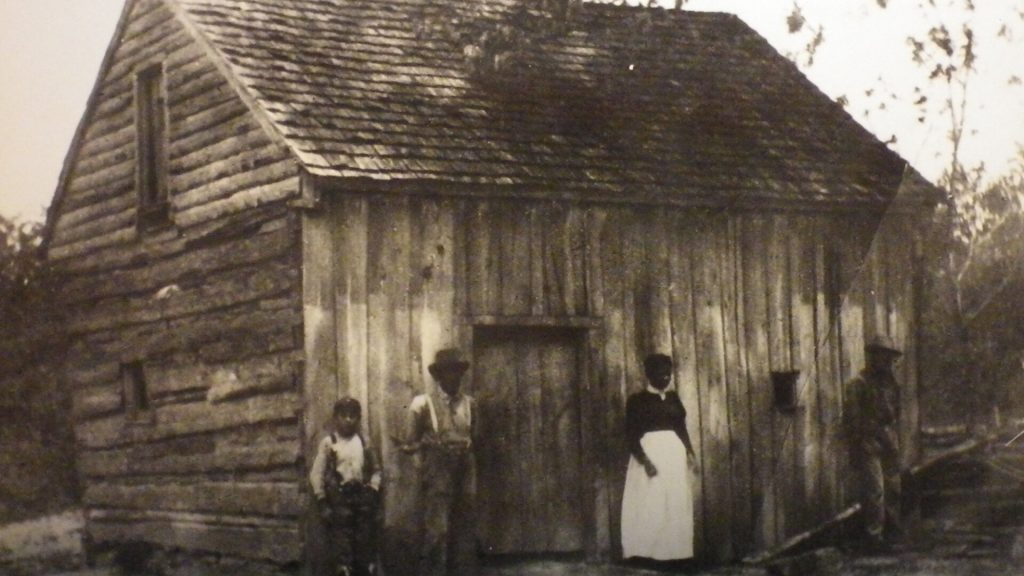
Insight: Surrounded by Virginia’s typical 19th-century crop, tobacco, stood the Garrett Farmhouse. Ironically, this is where John Wilkes Booth, the Lincoln assassin, met his end. He and his accomplice hid in a tobacco barn on the property. The notoriety brought by the incident, however, negatively impacted the Garrett family’s livelihood, and their tobacco business suffered in the aftermath.
4. What was the primary occupation of Abraham Lincoln for the majority of his working life?
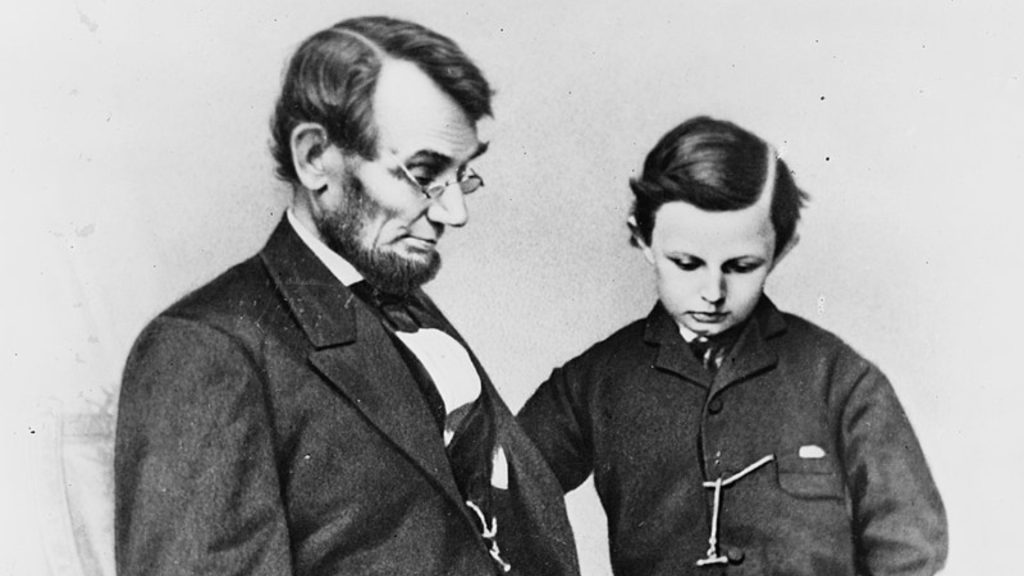
A. Teacher
B. Carpenter
C. Lawyer
D. Doctor
Answer: C. Lawyer
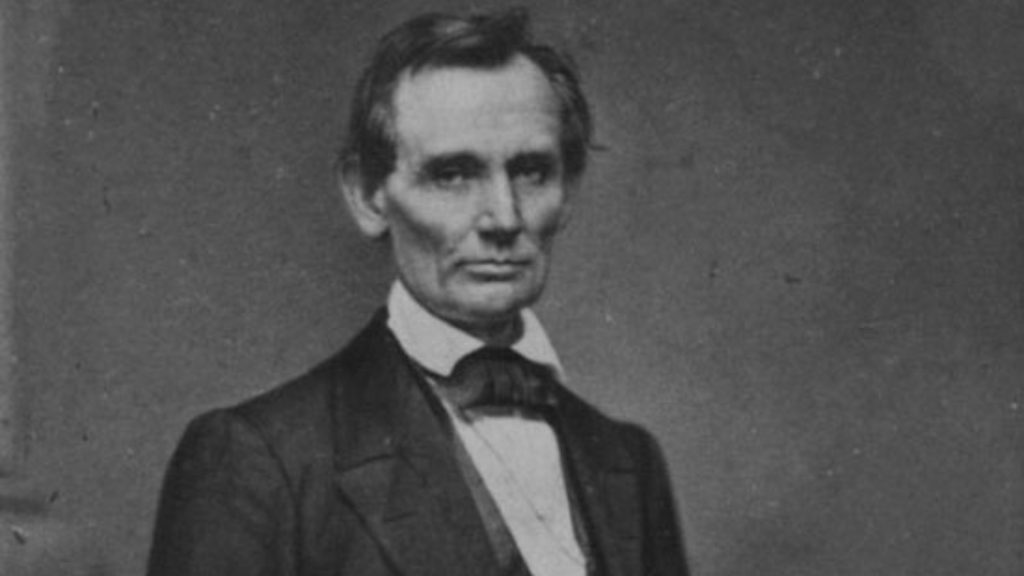
Insight: Long before becoming the 16th president, Abraham Lincoln honed his skills as a lawyer. Building a successful legal career throughout the 1830s, he argued over 240 cases – and won most – before the Illinois Supreme Court. So, next time you think of Honest Abe, remember: he wasn’t just a great leader, but a pretty sharp lawyer too!
5. During the Civil War, the infamous and bloody battle of Gettysburg took place. In which state did this occur?

A. Kentucky
B. North Carolina
C. Pennsylvania
D. Georgia
Answer: C. Pennsylvania

Insight: The original Battle of Gettysburg, which took place July 1–3,1863 in Gettysburg, Pennsylvania, stands as the bloodiest engagement of the Civil War. With more than 160,000 Union and Confederate troops, it marked a major turning point in the war. President Lincoln’s famous Gettysburg Address delivered there echoed a nation’s hope for eventual reconciliation.
6. Can you identify the middle name of the U.S. President Abraham Lincoln?
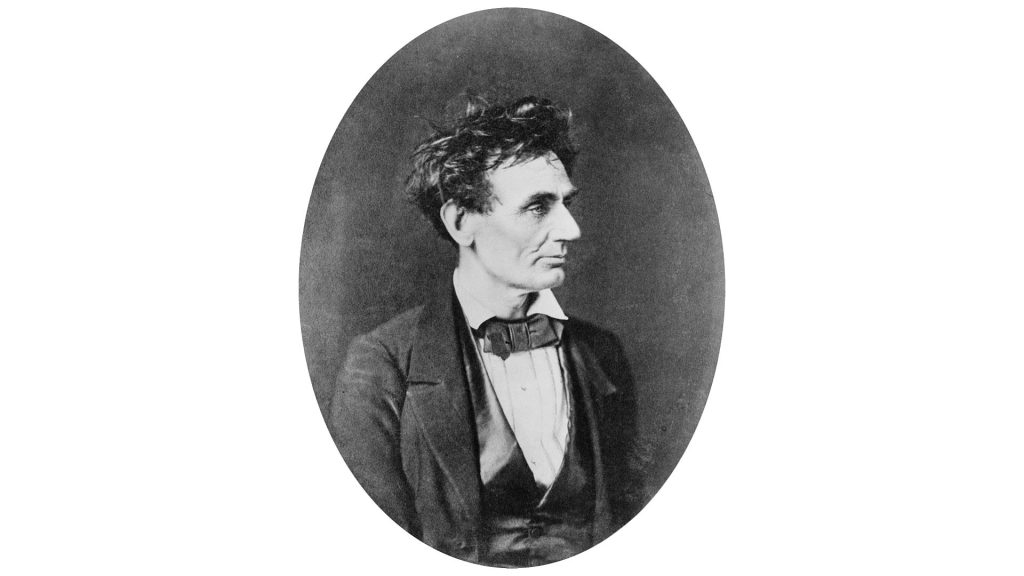
A. Thomas
B. Samuel
C. Edward
D. He didn’t have a middle name
Answer: D. He didn’t have a middle name
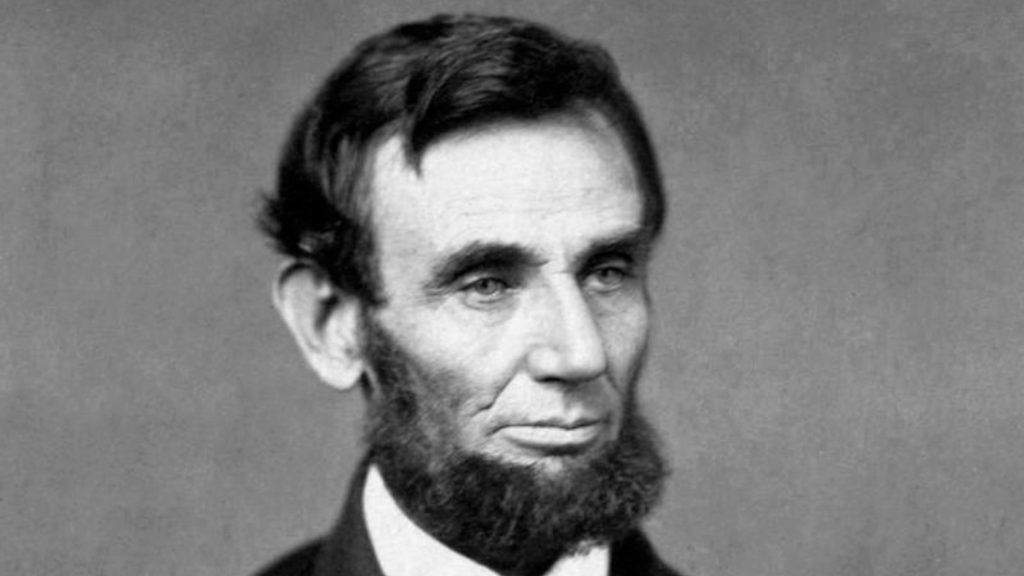
Insight: Fun fact: Abraham Lincoln lacked a middle name, a common practice back then. He was named for his grandfather and was known by many nicknames, with “Honest Abe” being the most famous. Interestingly, he preferred to be called “Lincoln” instead of “Abe.”
7. On the night President Lincoln was shot, who was his companion at the theatre?

A. Frederick Douglass
B. Secretary Stanton
C. Mrs. Lincoln
D. Vice President Johnson
Answer: C. Mrs. Lincoln

Insight: President Lincoln was assassinated at Ford’s Theatre while attending a play with his wife, Mary Todd Lincoln. This event compounded the existing grief Mrs. Lincoln already carried, having faced significant personal loss throughout her life.
8. Abraham Lincoln served as which number president in the sequence of United States Presidents, starting with George Washington as the first?

A. 18th
B. 19th
C. 20th
D. 16th
Answer: D. 16th
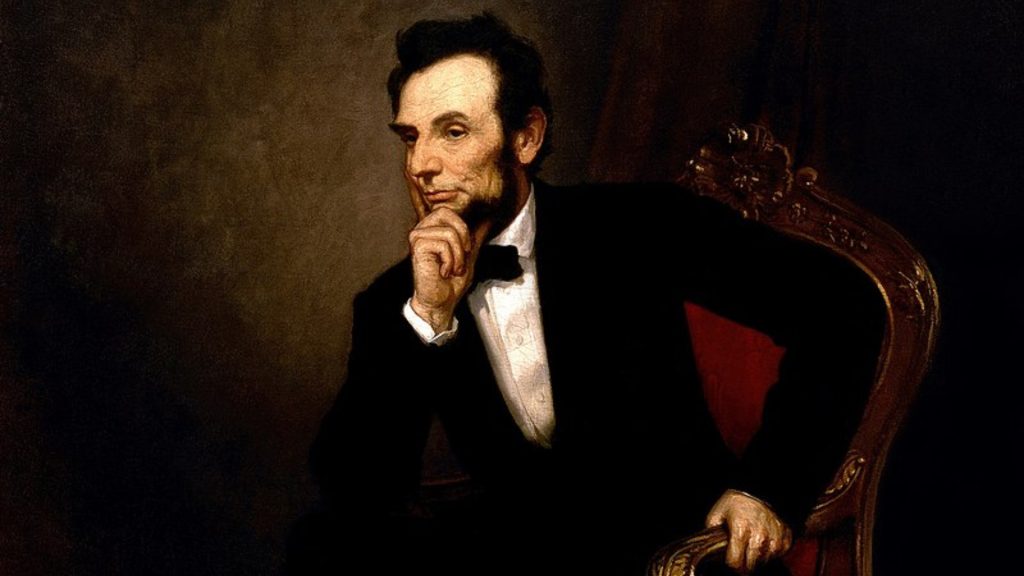
Insight: The 16th president, Abraham Lincoln, steered the nation through its darkest hour: the Civil War. Taking office in 1861, he championed freedom with the Emancipation Proclamation and forever changed the course of American history. His leadership and dedication to liberty continue to inspire us today.
9. On which two denominations of United States currency does the portrait of Abraham Lincoln appear?
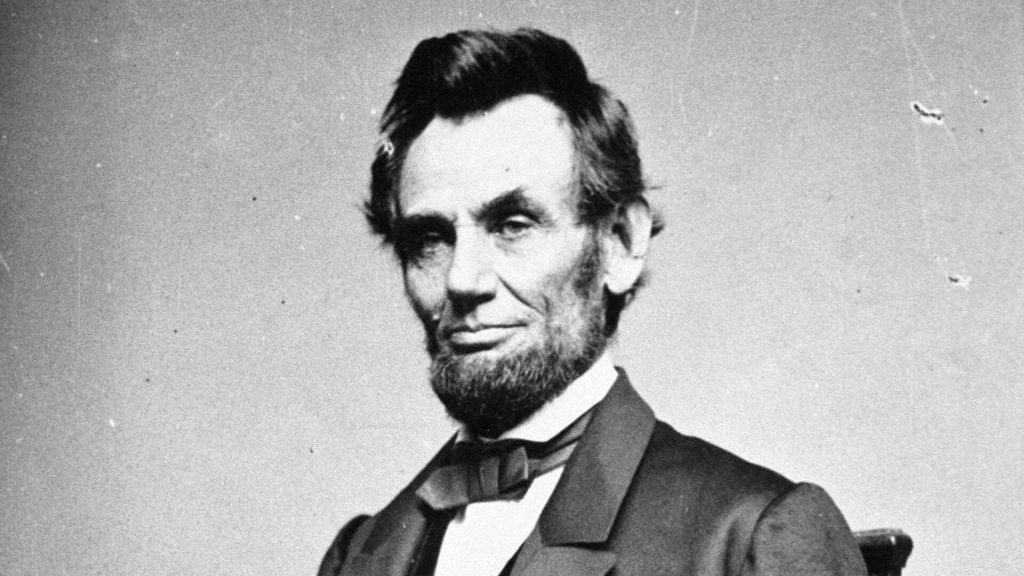
A. The quarter and the $10 bill
B. The $2 bill and the half-dollar coin
C. The dime and the $100 bill
D. The penny and the $5 bill
Answer: D. The penny and the $5 bill
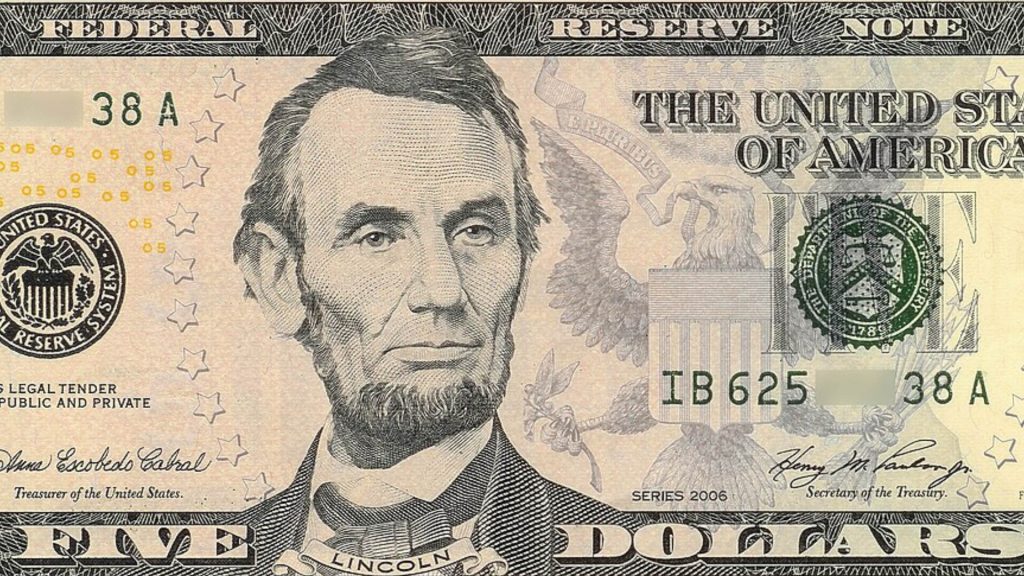
Insight: For over a century, Abraham Lincoln’s image has been a familiar sight on both American currency. His face has adorned the penny since 1909, a tribute on his 100th birthday, and the five-dollar bill since 1928. This enduring presence reflects Lincoln’s lasting impact on American history and his continued popularity as a national icon.
10. From which historic speech does the phrase, “That the government of the people, by the people, for the people shall not perish from the earth,” originate?
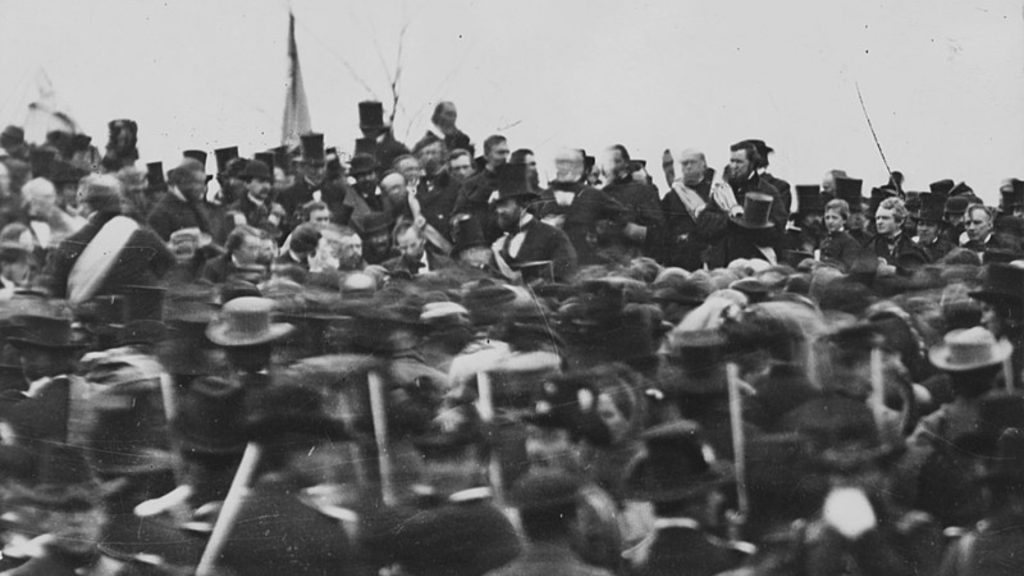
A. The Gettysburg Address
B. Lincoln’s Second Inaugural Address
C. Lincoln’s First Inaugural Address
D. Proclamation of Amnesty and Reconstruction
Answer: A. The Gettysburg Address
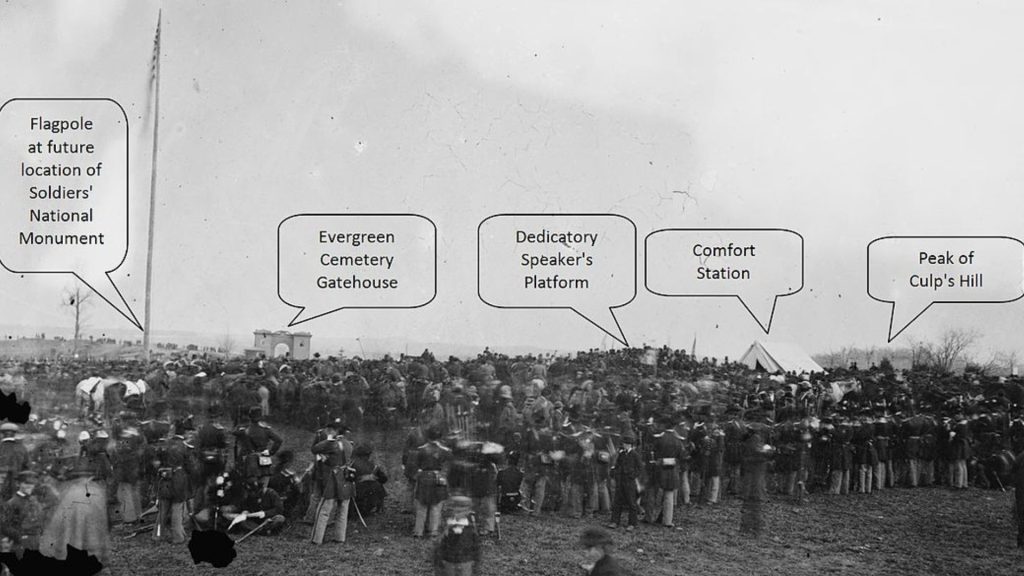
Insight: In his iconic Gettysburg Address, delivered during the Civil War, Abraham Lincoln used powerful language to unite a fractured nation. The speech’s most famous line, “government of the people, by the people, for the people,” became a rallying cry for democracy and continues to resonate today as a reminder of America’s core values.
11. Who was the female conspirator executed for her role in the plot to assassinate President Lincoln?

A. Mary Surratt
B. Sarah Bush
C. Susan B. Anthony
D. Nancy Hanks
Answer: A. Mary Surratt
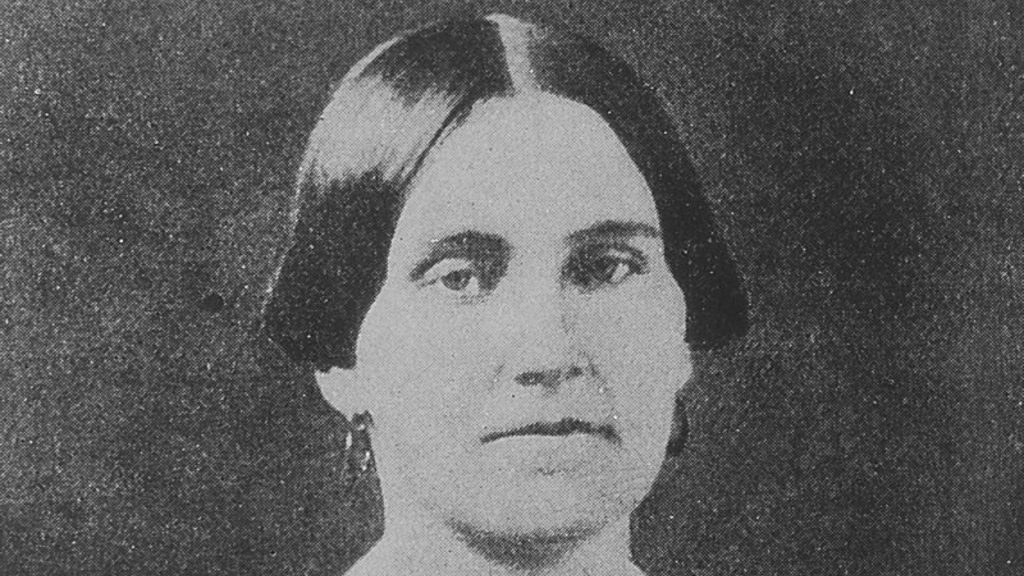
Insight: Mary Surratt, owner of a boarding house in Washington D.C., holds the grim distinction of being the first woman executed by the federal government. Linked to the plot to assassinate President Lincoln, her guilt remains a topic of debate. Regardless, Surratt’s story adds a haunting chapter to the already tragic event.
12. What was the annual presidential salary of Abraham Lincoln during his time in office?

A. $25,000
B. $50,000
C. $30,000
D. $35,000
Answer: A. $25,000
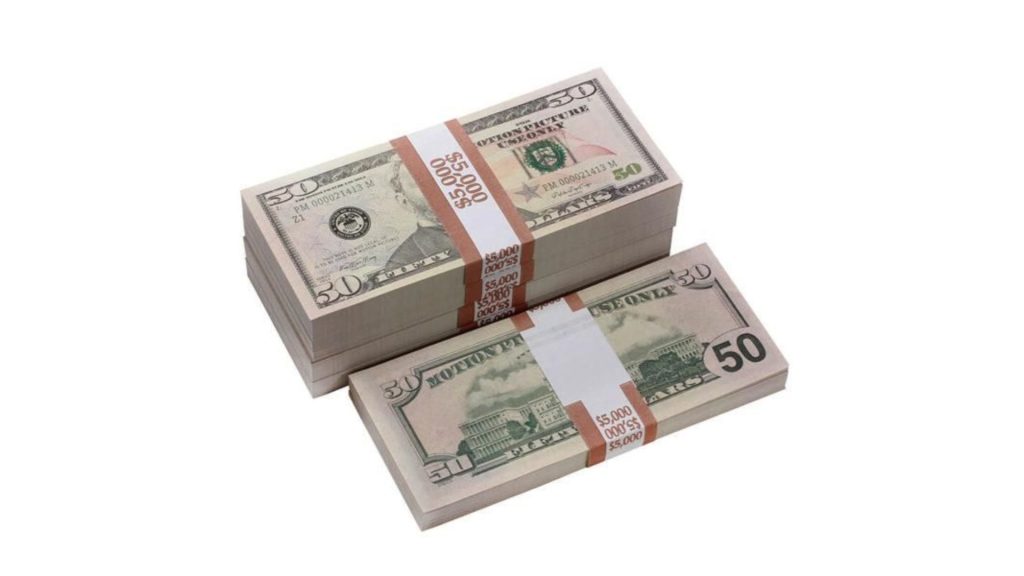
Insight: Abraham Lincoln’s presidential salary of $25,000 was a hefty sum in his era, equal to over $727,000 in today’s dollars! However, for those seeking the White House’s financial perks, the current presidential salary of $400,000 has been in place since 2001.
13. What physical harm did Booth endure during his escape following the assassination?

A. Suffered a knife wound while struggling to escape the theatre after the shooting
B. Fell and injured his wrist while climbing a fence
C. Shot by soldiers while fleeing
D. Broke a leg bone when he jumped onto the stage
Answer: D. Broke a leg bone when he jumped onto the stage

Insight: In a dramatic escape after assassinating President Lincoln, John Wilkes Booth leaped from the balcony, breaking his leg in the 12-foot fall. Despite the injury, he fled Ford’s Theatre, evading capture for a tense two weeks.
14. Can you recall the victor of the 1858 Senate race in which Abraham Lincoln took part?

A. Harrison
B. Douglas
C. Davis
D. Martin
Answer: B. Douglas

Insight: Though Abraham Lincoln lost the 1858 Senate race to Stephen A. Douglas, their fiery debates over slavery propelled Lincoln into the national spotlight. This newfound fame proved crucial, paving the way for his victory in the 1860 presidential election. In the end, Lincoln’s “loss” became a stepping stone to the White House.
15. What was the fate of the conspirators Surratt, Herold, Powell, and Atzerodt in the aftermath of their conspiracy to assassinate President Lincoln?
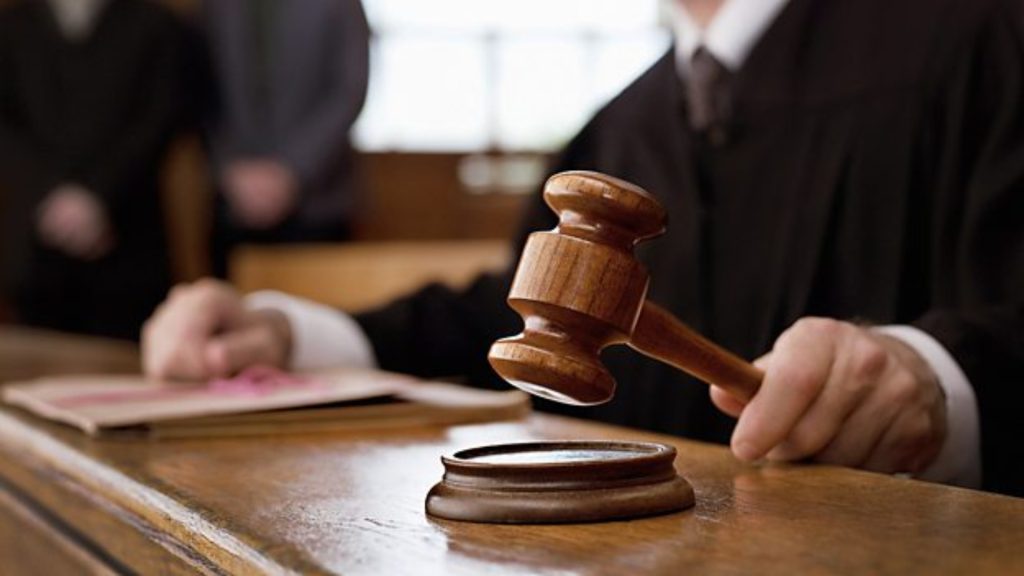
A. Firing Squad
B. Exiled
C. Hanged
D. Released due to lack of evidence
Answer: C. Hanged

Insight: Four individuals – Mary Surratt, David Herold, Lewis Powell, and George Atzerodt – conspired to assassinate President Abraham Lincoln and were hanged on July 7th at the Old Arsenal Penitentiary. Among them, Mary Surratt achieved a dark distinction: the first woman to be executed by the U.S. government.
16. During the presidential campaign of 1860, how did the Republican party portray Lincoln in farm sketches?

A. Wheat Harvester
B. Corn Planter
C. Carpenter
D. Rail Splitter
Answer: D. Rail Splitter

Insight: During the 1860 presidential campaign, the Republican Party portrayed Abraham Lincoln as a “rail splitter” in their campaign illustrations. This tactic aimed to present Lincoln as a hardworking figure who had emerged from modest origins. The term referenced Lincoln’s early years of splitting logs, resonating with voters and contributing to his electoral success.
17. What was the final outcome of the manhunt for John Wilkes Booth?
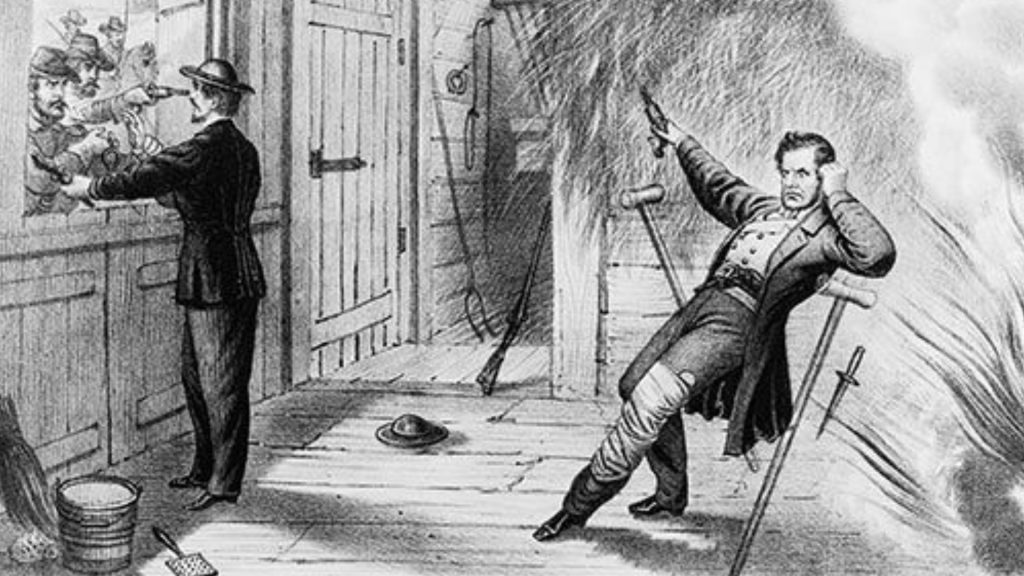
A. He escaped to Canada and lived in hiding
B. He was shot and killed
C. He was arrested and imprisoned for life
D. He burned in the barn
Answer: B. He was shot and killed
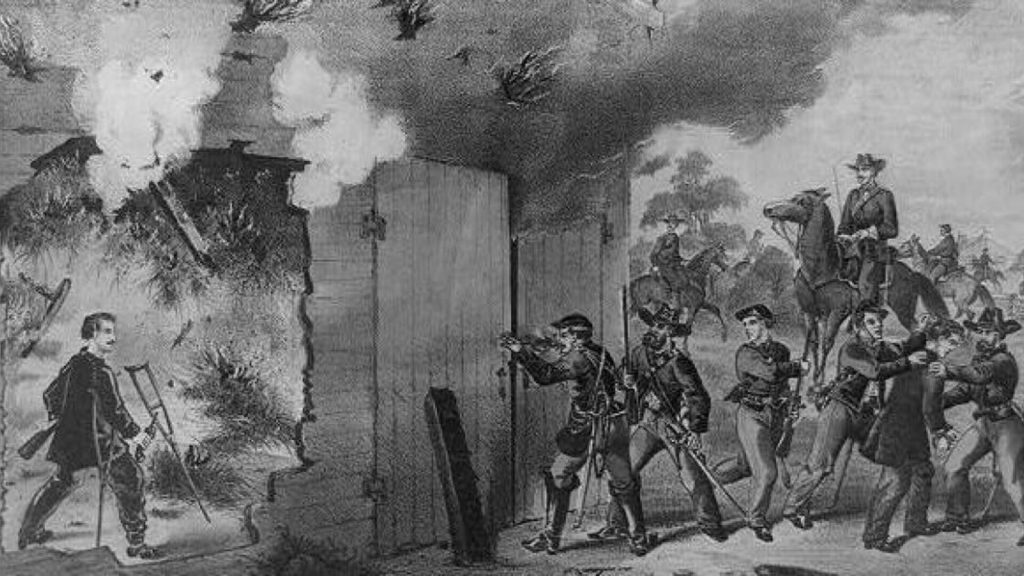
Insight: The twelve-day manhunt for Abraham Lincoln’s assassin, John Wilkes Booth, ended on April 26th, 1865. Cornered in a barn, Booth was shot by Union soldier Boston Corbett. The bullet severed his spine, and his last reported words, “useless, useless,” reflected the despair of a killer realizing the finality of his actions.
18. What was the height of Abraham Lincoln?
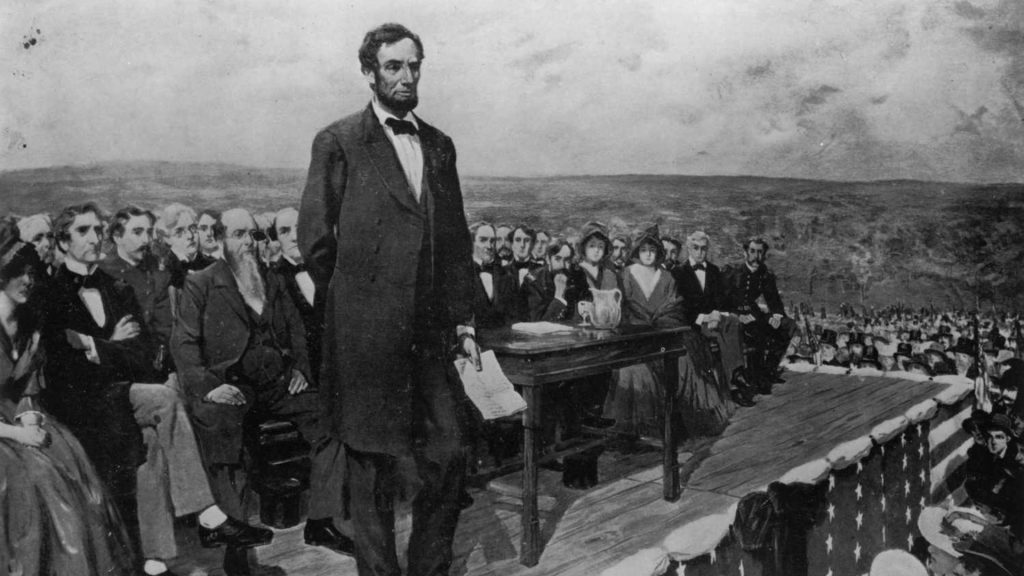
A. 6 feet, 4 inches
B. 6 feet, 7 inches
C. 5 feet, 11 inches
D. 6 feet, 2 inches
Answer: A. 6 feet, 4 inches

Insight: Towering over his contemporaries at 6 feet 4 inches, Abraham Lincoln was an imposing figure. This exceptional height, possibly due to Marfan syndrome, likely contributed to his powerful presence and lasting image as a leader.
19. In which year was Abraham Lincoln first elected as the president of the United States?

A. 1862
B. 1856
C. 1860
D. 1858
Answer: C. 1860
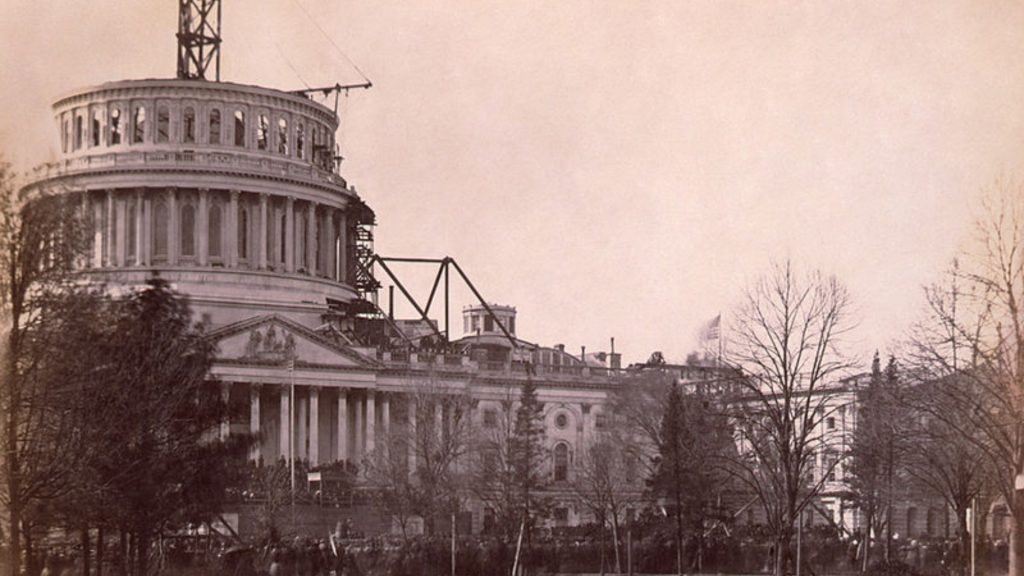
Insight: In 1860, Abraham Lincoln secured the presidency, winning despite gaining less than 40% of the popular vote. His victory marked a historic milestone as the first Republican to attain the presidency. Subsequently, seven slave states seceded, forming the Confederate States of America.
20. When did General Robert E. Lee, who commanded the Army of Virginia, give up his forces to Union General Ulysses S. Grant?

A. April 7, 1946
B. April 3, 1860
C. May 5, 1864
D. April 9, 1865
Answer: D. April 9, 1865

Insight: On April 9, 1865, General Robert E. Lee surrendered his Confederate forces to Union General Ulysses S. Grant, effectively ending the Civil War. The surrender took place in the home of Wilmer McLean in Appomattox, Virginia, an ironic twist as McLean had moved there to escape the war’s ravages.
21. Which doctor provided medical assistance to Booth following the assassination of President Lincoln?

A. Dr. Franklin
B. Dr. Taylor
C. Dr. Bennett
D. Dr. Mudd
Answer: D. Dr. Mudd
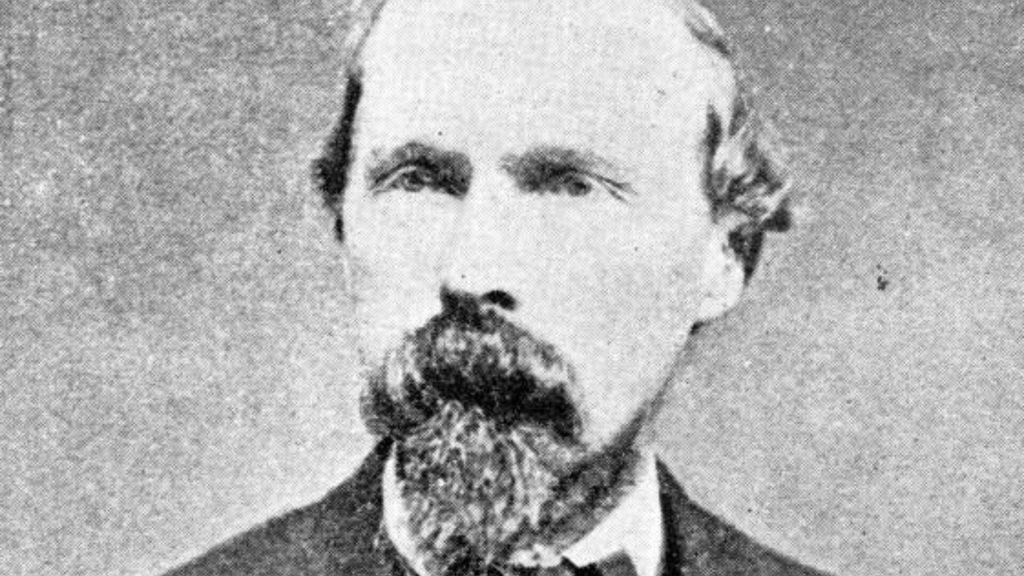
Insight: Dr. Samuel Mudd’s role in the Lincoln assassination remains debated. Though he treated John Wilkes Booth’s broken leg after the crime, his involvement in the conspiracy is unclear. Imprisoned for conspiracy, Mudd’s act of saving lives during a yellow fever outbreak ultimately led to his pardon.
22. What was the age of Mr. Lincoln when he died?
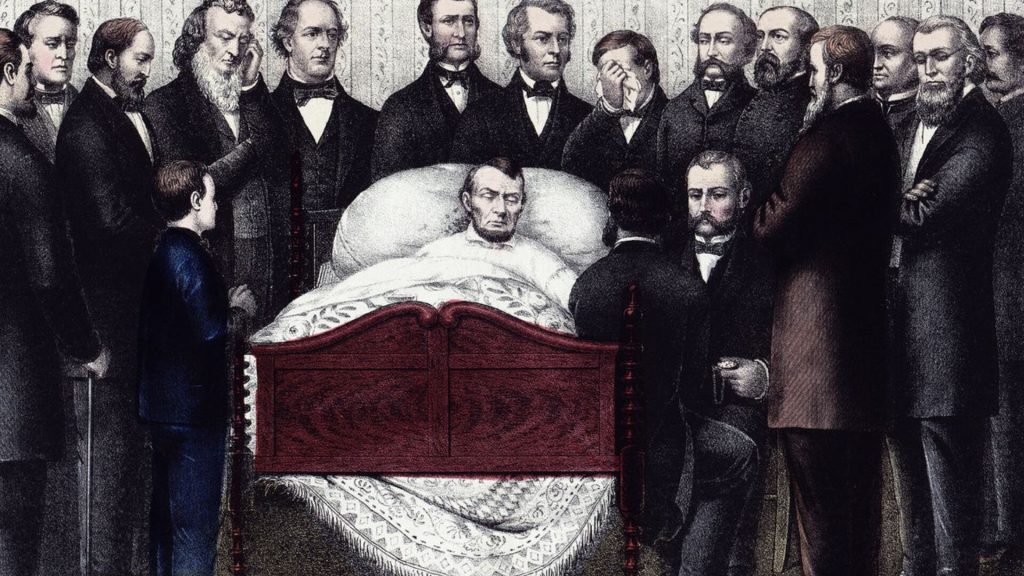
A. 41
B. 66
C. 71
D. 56
Answer: D. 56
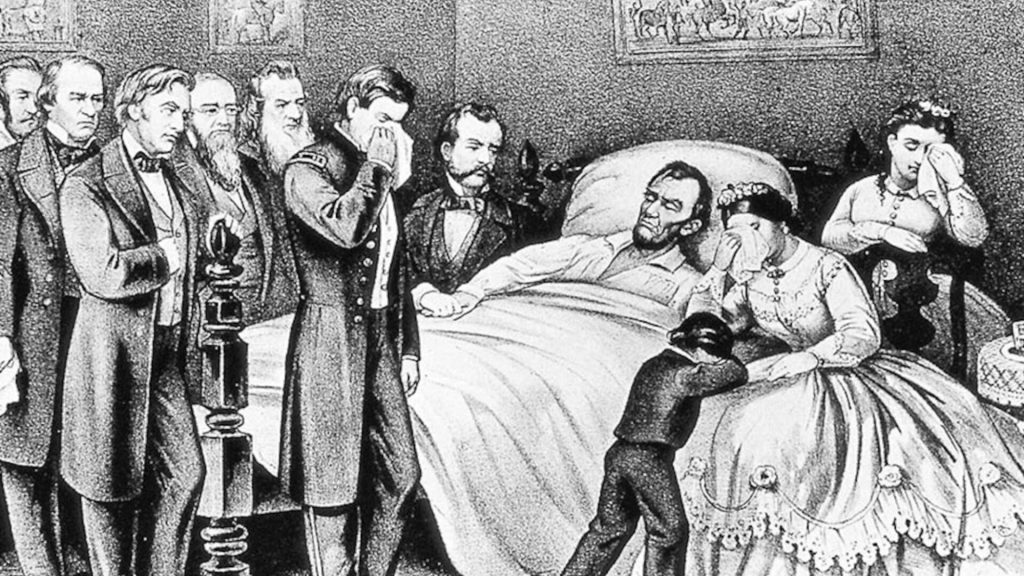
Insight: Though cut short by tragedy at 56, Abraham Lincoln’s legacy as the 16th president remains substantial. Despite minimal formal education, Lincoln’s self-driven pursuit of knowledge propelled him to the nation’s highest office. He is indeed a testament to the power of perseverance and self-learning.
23. Which state was the first to secede from the Union following the election of Lincoln?
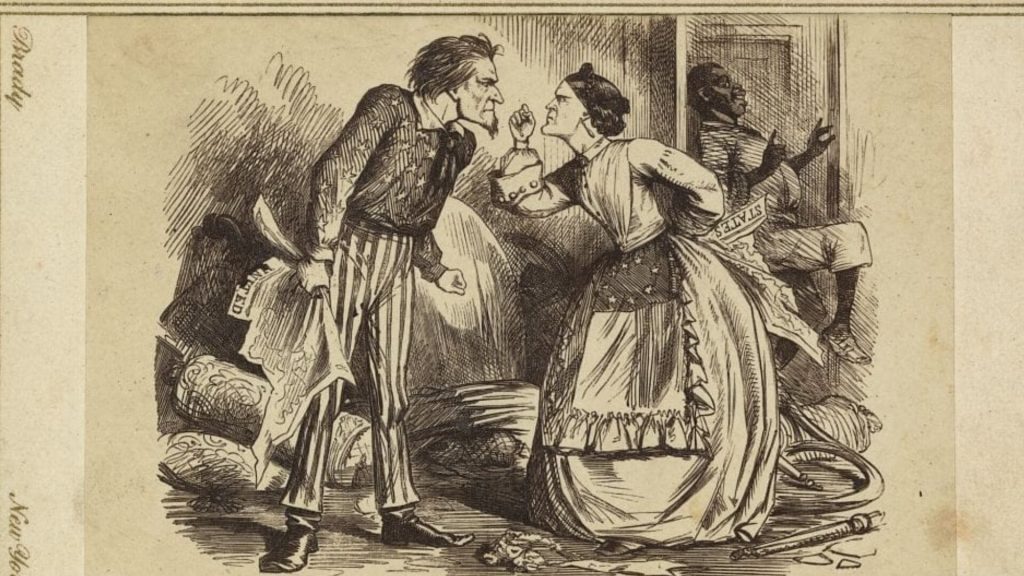
A. Texas
B. South Carolina
C. Virginia
D. North Carolina
Answer: B. South Carolina

Insight: South Carolina’s secession from the Union, triggered by President Lincoln’s anti-slavery stance, ignited the American Civil War. As the first state to secede, South Carolina’s bold move prompted six others to follow suit. This fracture marked the beginning of a pivotal chapter in American history.
24. Which controversial Supreme Court case in 1857 declared African-Americans as non-citizens devoid of inherent rights?
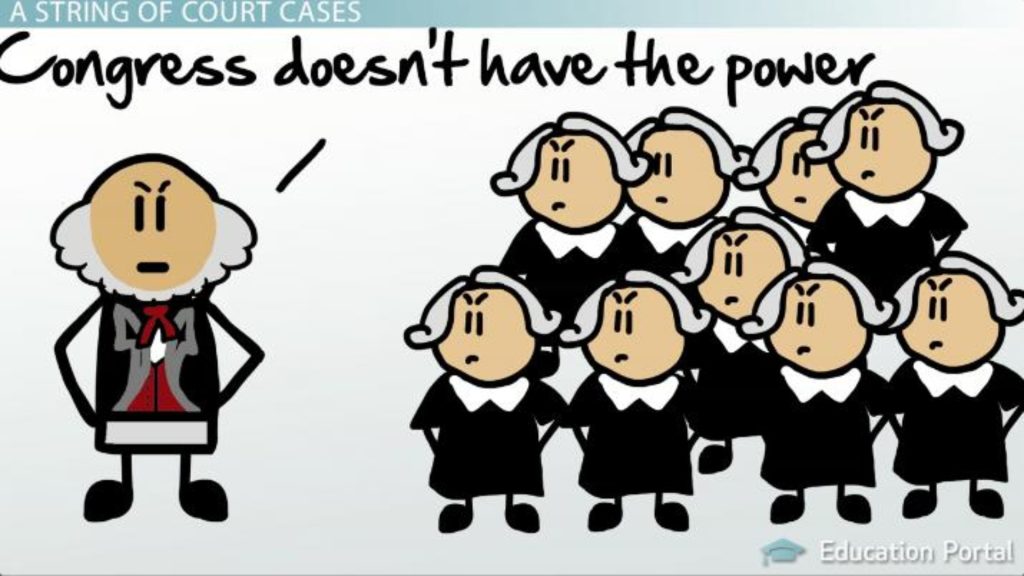
A. Brown v. Board of Education
B. Rabbit v. Rodney
C. Scott v. Sandford
D. Martha v. Owen
Answer: C. Scott v. Sandford
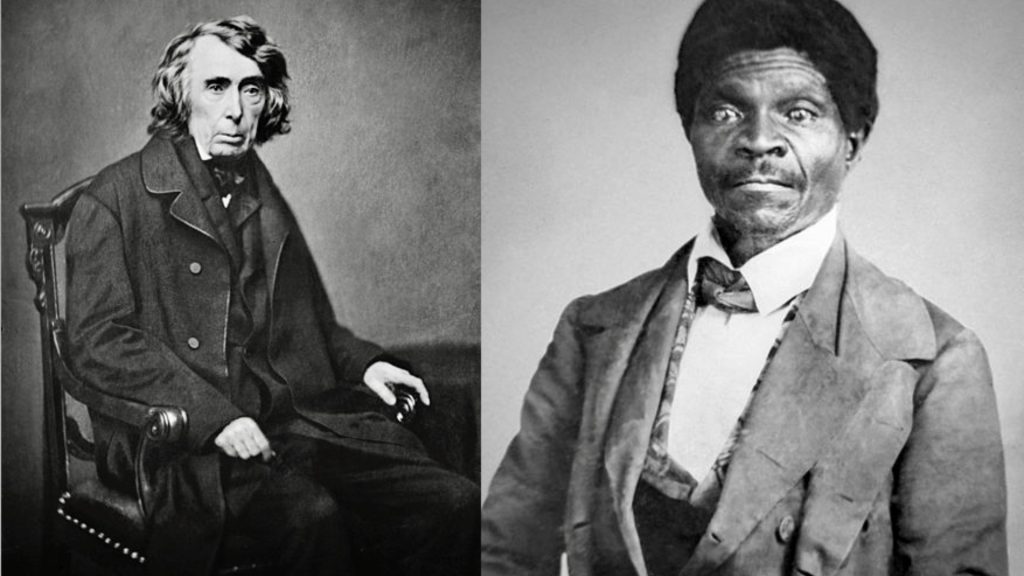
Insight: The infamous Dred Scott decision, from the 1857 Supreme Court case Scott v. Sandford, declared enslaved people property, not citizens. This meant they lacked the right to sue in federal court. A pivotal moment of controversy, it remains a stain on U.S. history. Abraham Lincoln, despite his own evolving views on race, strongly opposed this ruling, believing in fundamental rights for all.
25. On the night of his assassination, which play was Abraham Lincoln attending at Ford’s Theatre?

A. A Midsummer Night’s Dream
B. School for Scandal
C. The Merchant of Venice
D. Our American Cousin
Answer: D. Our American Cousin

Insight: President Lincoln enjoyed a light-hearted night at Ford’s Theatre, attending the comedy Our American Cousin. Unbeknownst to him, this would be his final outing. Behind the scenes, a deadly plot unfolded as John Wilkes Booth, a Confederate sympathizer, planned the unthinkable. The carefree atmosphere of the play created a chilling contrast to the dark events about to transpire.
26. In November 1842, Mary Todd became Mrs. Lincoln. Where did their wedding take place?
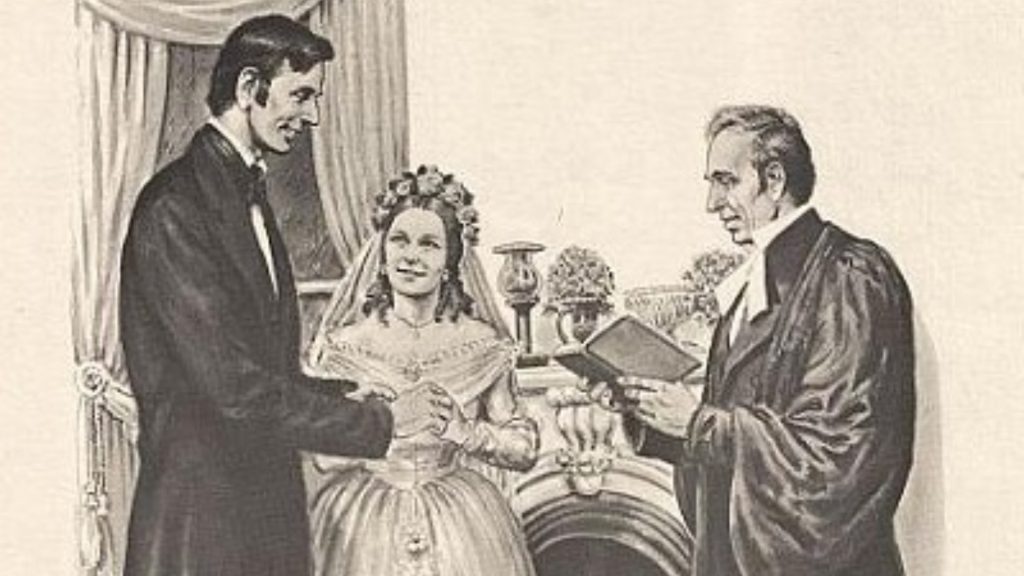
A. Mary Todd’s sister’s home
B. Springfield Courthouse
C. The White House
D. The Globe Tavern
Answer: A. Mary Todd’s sister’s home

Insight: Abraham Lincoln and Mary Todd tied the knot in a surprisingly casual ceremony at Mary’s sister’s house, even catching the homeowners by surprise! They then settled into their new life together in Springfield, Illinois, marking the start of a new chapter for Lincoln on his path to becoming a respected lawyer and prominent politician
27. Who was the only child of Lincoln who lived a full life?

A. Robert
B. Tad
C. Eddie
D. Willie
Answer: A. Robert
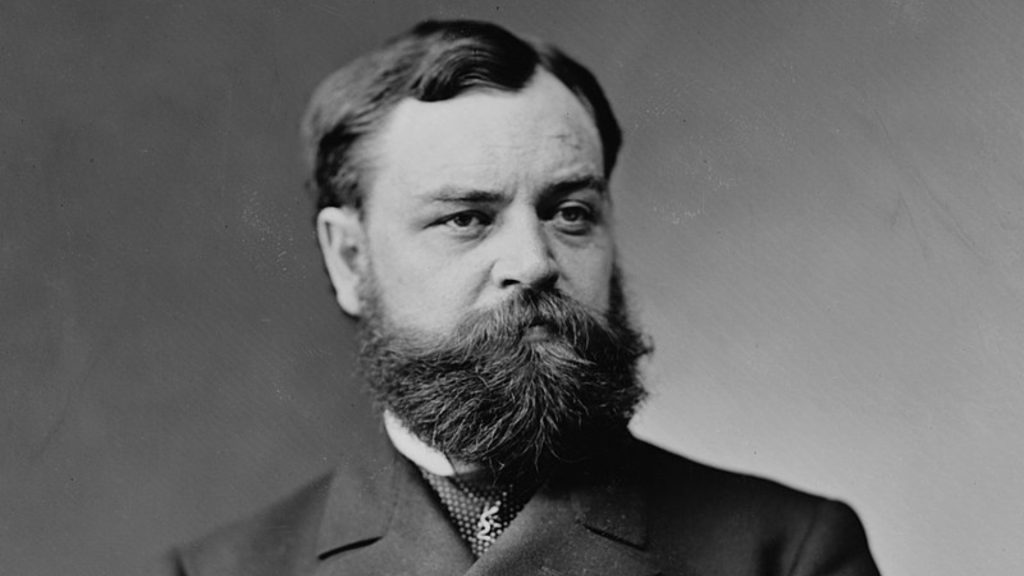
Insight: Unlike his three younger siblings who died young, Robert Todd Lincoln, Abraham Lincoln’s eldest son, lived a full life (82 years). He carved his own path, achieving success as a lawyer, military officer, and businessman, and even though he had the chance, he opted out of a prominent political career.
28. According to popular lore, who was Abraham Lincoln romantically linked with before marrying Mary Todd?
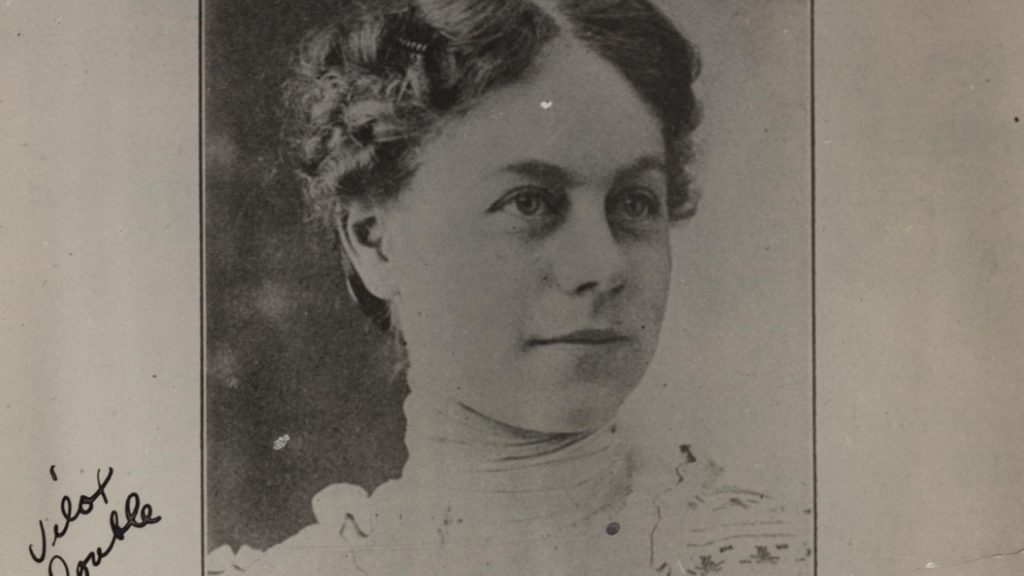
A. Ann Rutledge
B. Sarah Bush Johnston
C. Mary Owens
D. Eliza Browning
Answer: A. Ann Rutledge
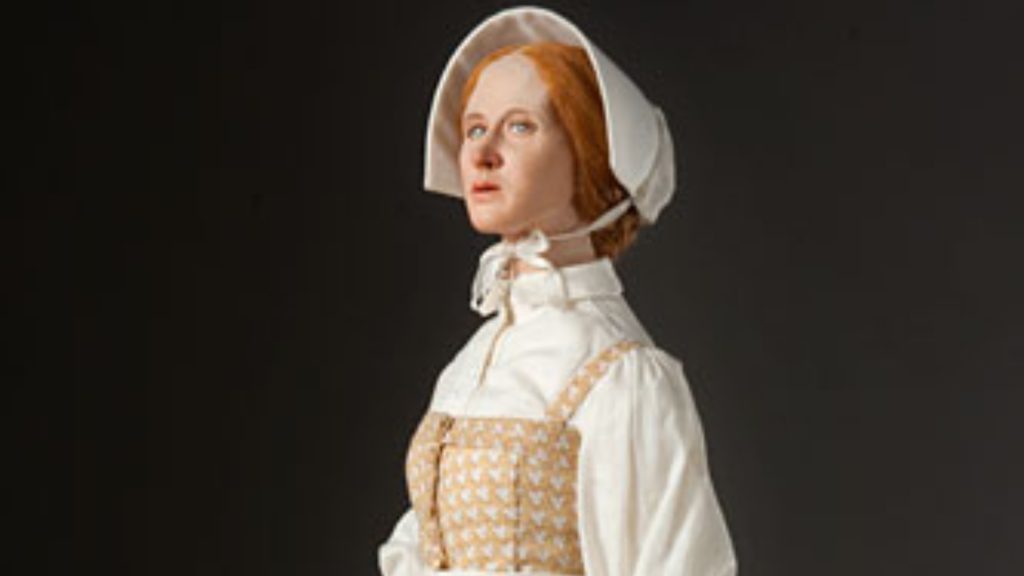
Insight: History whispers of a romance between Abraham Lincoln and Ann Rutledge. Engaged to another, Ann reportedly found a connection with Lincoln before her tragic death in 1835. Whether truth or embellished tale, this story of lost love has forever colored our understanding of the young Lincoln.
29. What type of trial were the individuals involved in Lincoln’s assassination subjected to?
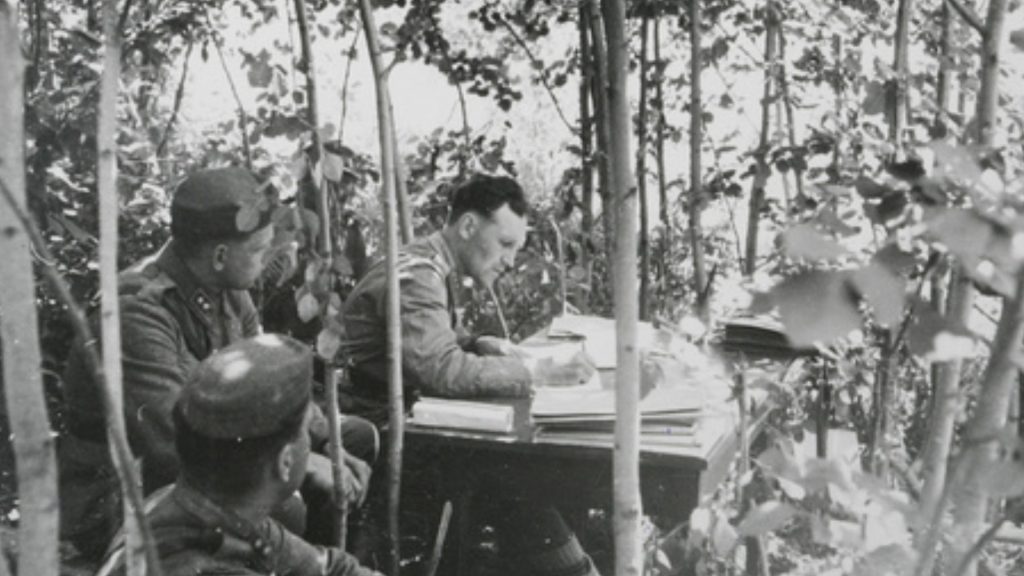
A. Congressional Trial
B. Supreme Court Trial
C. State Court Trial
D. Military Trial
Answer: D. Military Trial

Insight: Controversy surrounded the trial of Lincoln’s assassins. President Johnson opted for a military trial, a faster route compared to the civilian system. This decision, likely fueled by post-war tensions, sparked debate, with some like Lincoln’s former attorney general objecting to the non-traditional approach.
30. On which date did Abraham Lincoln issue the Emancipation Proclamation?
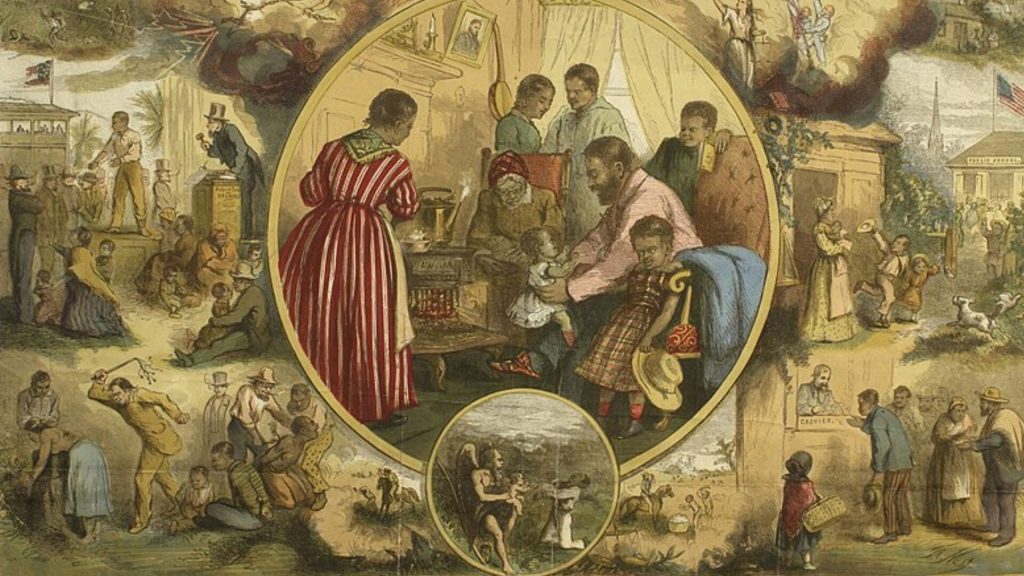
A. July 4, 1862
B. January 5, 1967
C. January 1, 1863
D. January 26, 1904
Answer: C. January 1, 1863
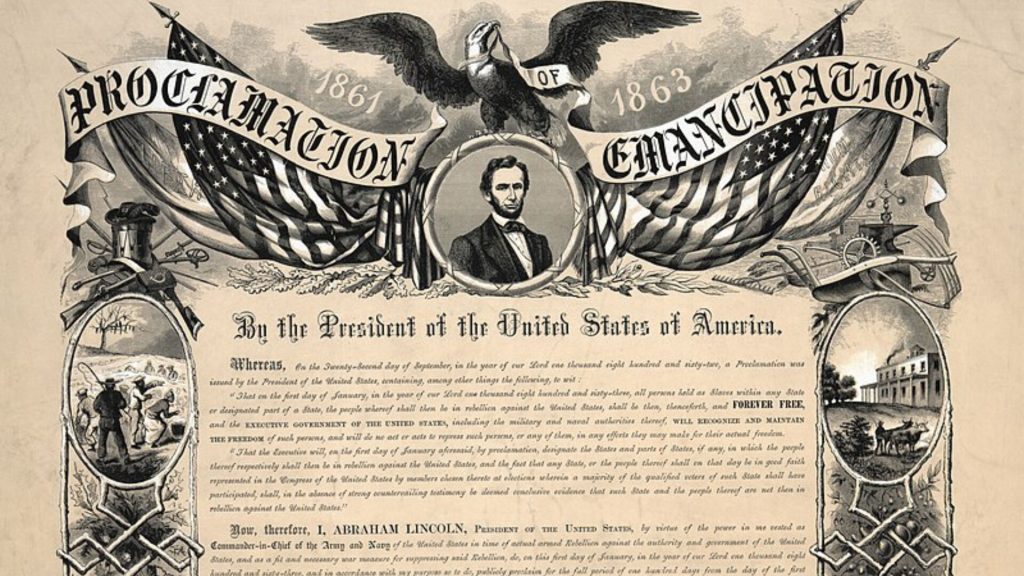
Insight: During the Civil War in 1863, President Lincoln issued the Emancipation Proclamation. This bold act declared enslaved people in Confederate states free, though enforcement initially relied on Union control, which they lacked at the time. While symbolic at first, it marked a turning point, serving as a powerful stance against slavery and a crucial step towards its abolition.
31. Which of the following statements about Mary Todd Lincoln is false?
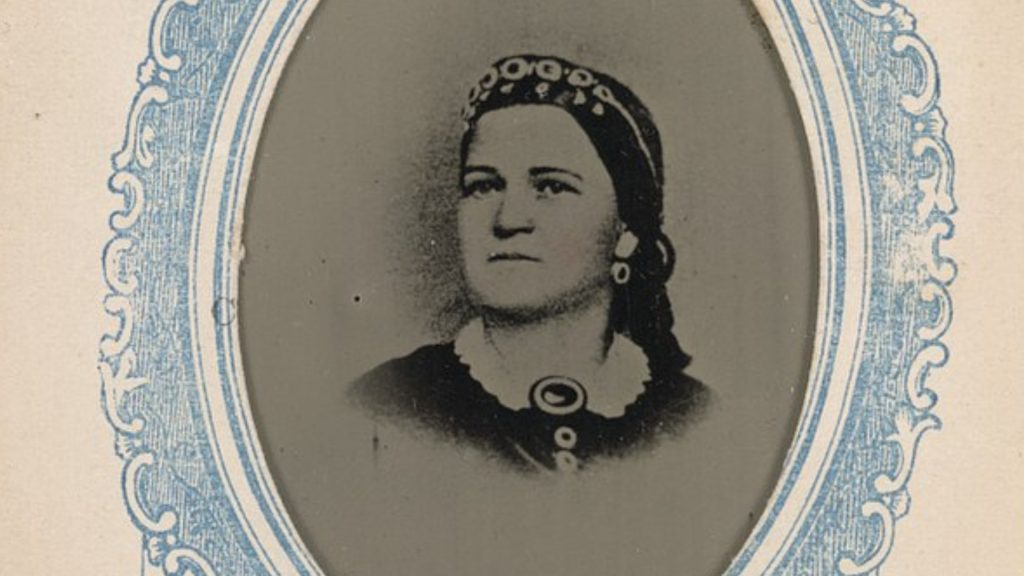
A. She was a devoted wife and mother to her children
B. Her marriage to Lincoln was marred by her infidelity
C. She was vindictive and held grudges
D. She suffered from chronic headaches
Answer: B. Her marriage to Lincoln was marred by her infidelity

Insight: Though Mary Todd Lincoln faced personal struggles and public scrutiny, her loyalty to Abraham Lincoln remained unwavering. Whispers of infidelity proved baseless, highlighting their enduring commitment despite a tumultuous marriage. This loyalty in the face of hardship is a testament to the strength relationships can possess.
32. At what location did President Lincoln pass away?

A. Ford’s Theatre
B. White House
C. Peterson House
D. Lincoln Memorial
Answer: C. Peterson House
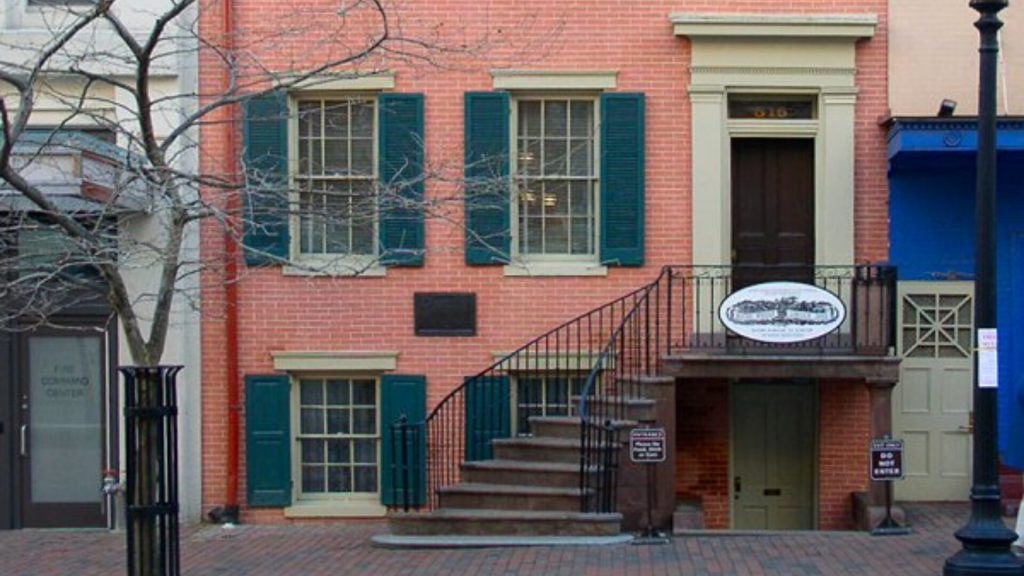
Insight: Tragically, President Lincoln didn’t breathe his last at the White House or his hometown. After being shot across the street at Ford’s Theatre, he was carried to the Petersen House, where he succumbed to his wounds the following morning. This historic site, now the Petersen House Museum, stands as a somber testament to Lincoln’s legacy.
33. Can you recall the name of Abraham Lincoln’s father?
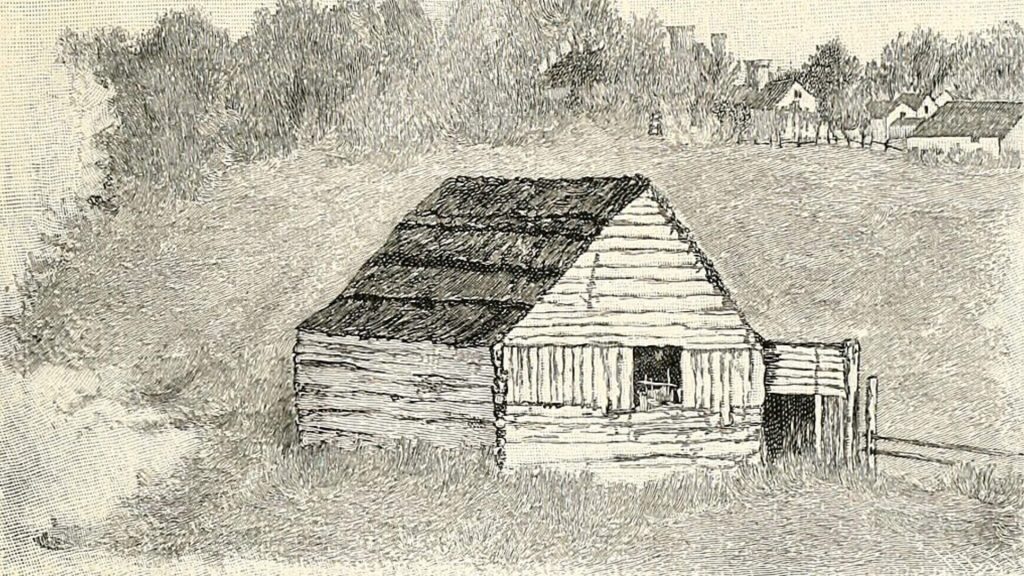
A. Terrence Lincoln
B. Henry Lincoln
C. Thomas Lincoln
D. Robert Lincoln
Answer: C. Thomas Lincoln

Insight: Abraham Lincoln’s family tree held some interesting facts. His father, Thomas Lincoln, was a farmer and carpenter who couldn’t write, unlike some of their ancestors. Even cooler, Lincoln’s youngest son earned the nickname “Tad” because his grandpa thought he looked like a tadpole!
34. When did the 16th president of the United States, Abraham Lincoln, pass away?
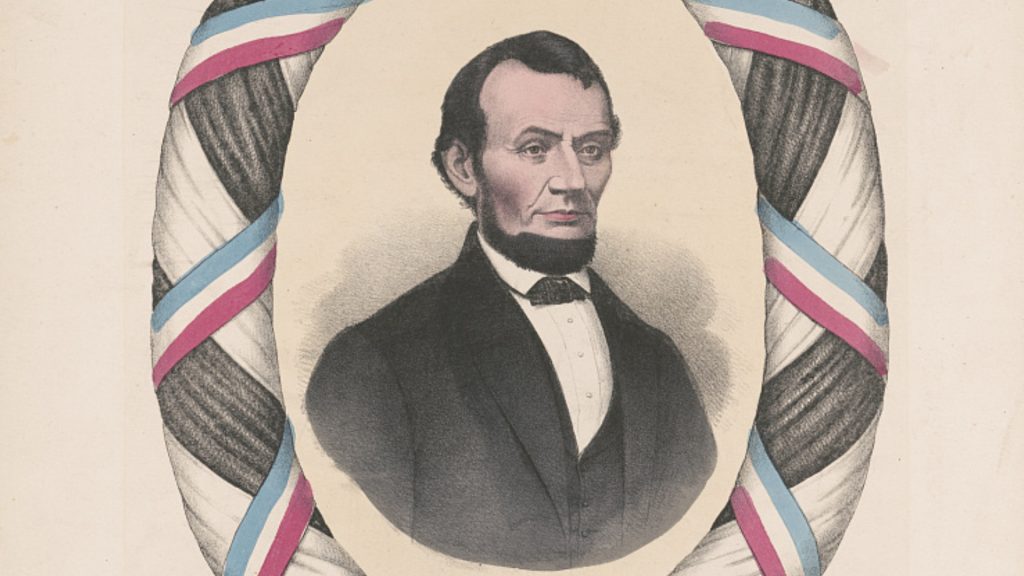
A. April 15, 1865
B. April 12, 1865
C. May 15, 1865
D. June 12, 1865
Answer: A. April 15, 1865
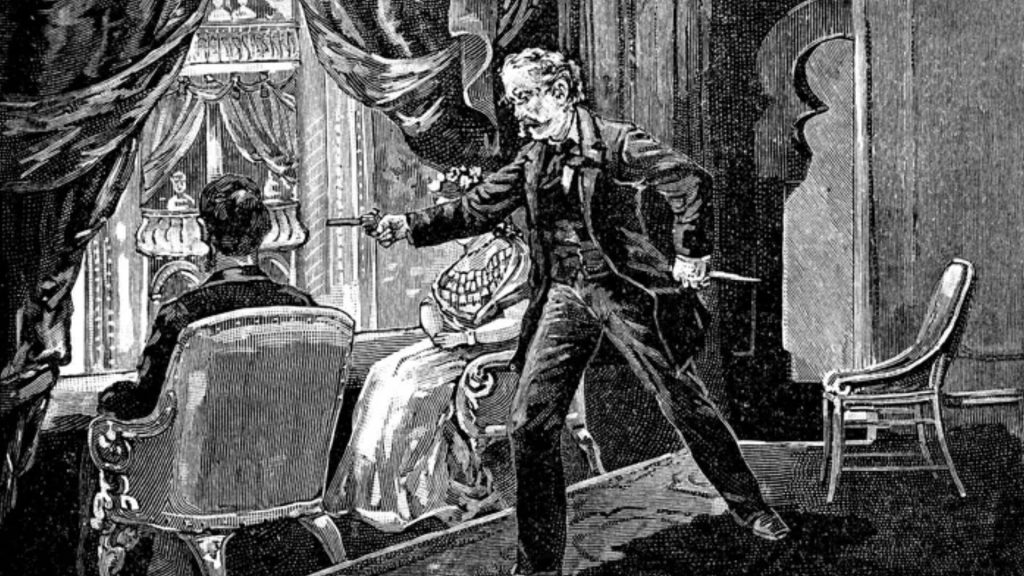
Insight: Though Abraham Lincoln is remembered as being shot on April 14th, 1865, he lingered for another day. After John Wilkes Booth’s attack at Ford’s Theatre, Lincoln was carried across the street, where he bravely fought for his life until succumbing to his injuries on April 15th.
35. On a winter’s day, Abraham Lincoln was born in which location?
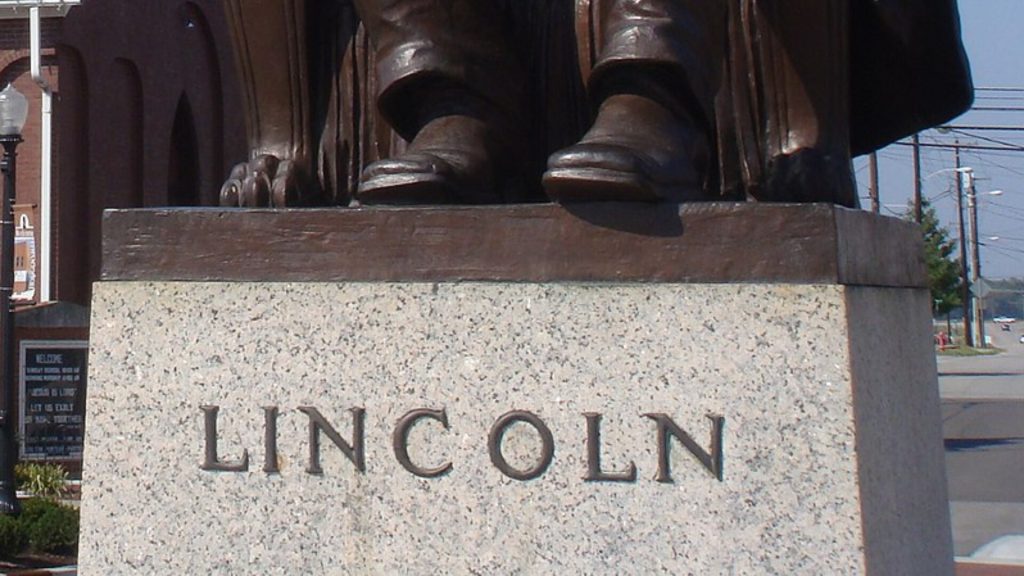
A. Keokee, KY
B. Bloomington, IN
C. Hodgenville, KY
D. Louisville, KY
Answer: C. Hodgenville, KY
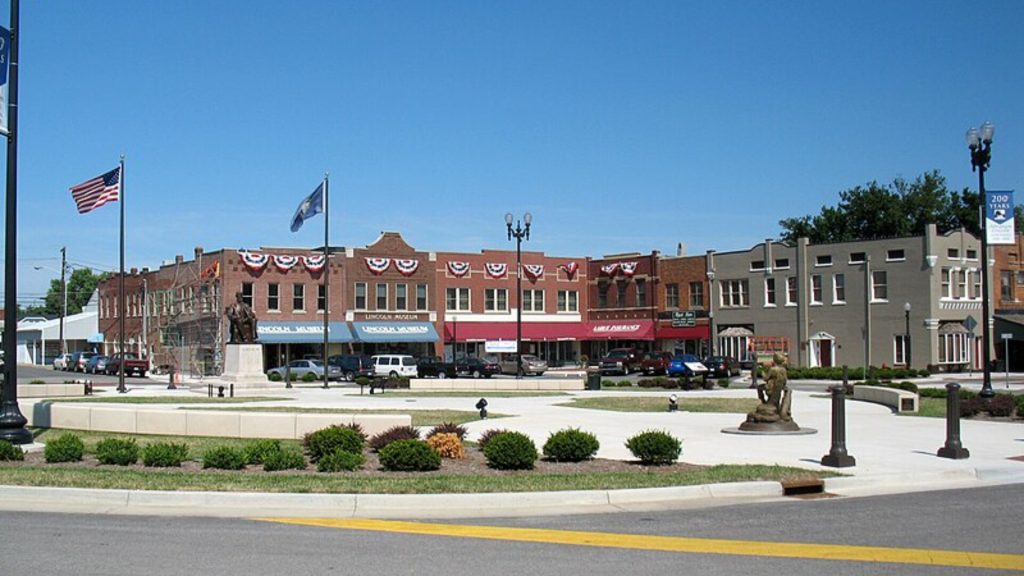
Insight: Want to learn about Abraham Lincoln’s early life? Explore the Abraham Lincoln Birthplace National Historical Park in Hodgenville, Kentucky! This free park preserves the site of Lincoln’s birth cabin and sheds light on his humble beginnings. Open daily, it’s a must-visit for any history buff.
36. What was the name of Abraham Lincoln’s older sister, who was two years his senior?
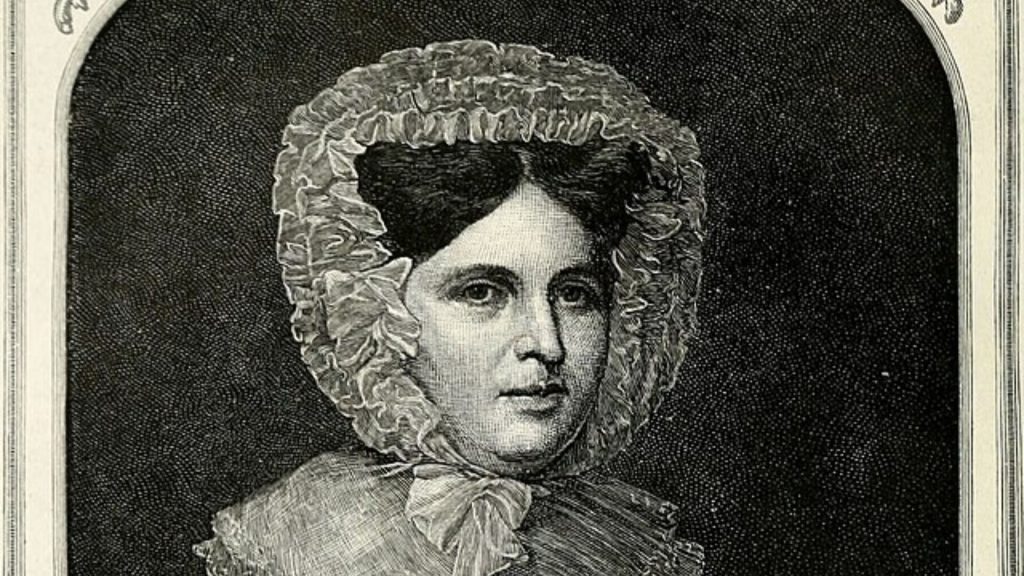
A. Matilda
B. Martha
C. Sarah
D. Rebecca
Answer: C. Sarah

Insight: Abraham Lincoln wasn’t alone in his early years. His older sister, Sarah, stepped up to help raise him after their mother’s passing. Known for her kindness and intelligence, Sarah played a vital role in Lincoln’s upbringing. Tragically, her own life was cut short after marrying Aaron Grigsby and succumbing to complications in childbirth.
37. Against which Native American leader did Lincoln see military duty during warfare?
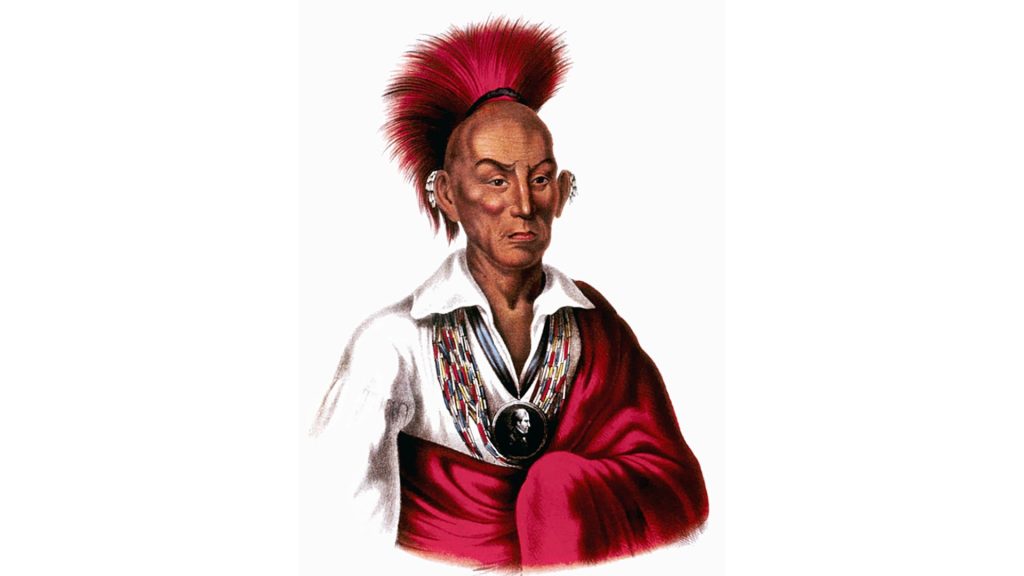
A. Crazy Horse
B. Red Cloud
C. Pontiac
D. Black Hawk
Answer: D. Black Hawk

Insight: During the Black Hawk War of 1832, Abraham Lincoln served in the Illinois Militia. Though he never saw combat, his fellow soldiers elected him Captain, recognizing his leadership skills. This brief military experience left a lasting impact on Lincoln’s future.
38. What was the name of Abraham Lincoln’s mother?

A. Julia Grant
B. Sarah Bush
C. Mary Owens
D. Nancy Hanks
Answer: D. Nancy Hanks
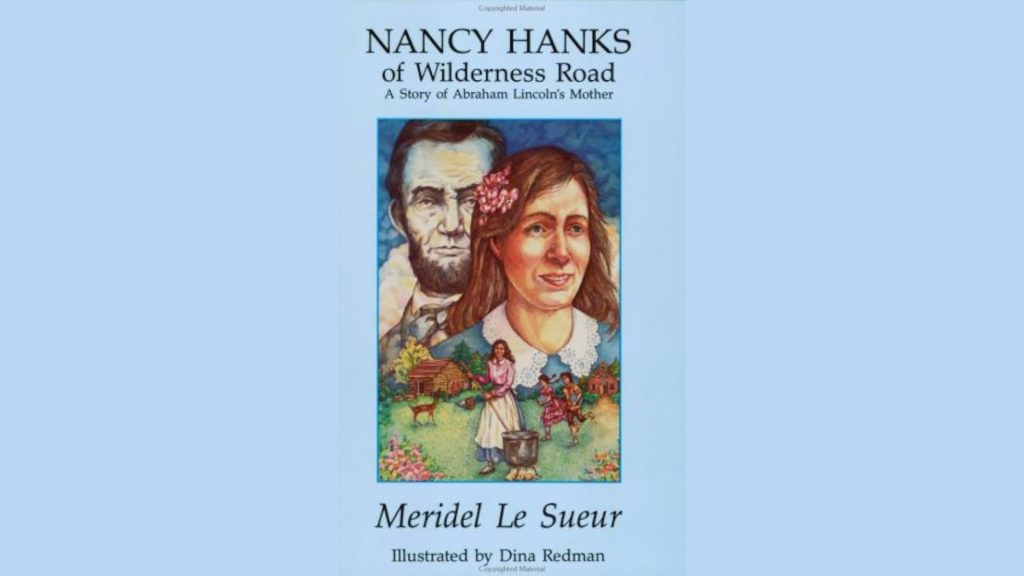
Insight: Though little is known about her own life, Nancy Hanks, mother of Abraham Lincoln, instilled a love of learning in her son. Despite lacking formal education herself, she nurtured a young Abe’s curiosity, a factor likely shaping the future president who led America through its darkest hour.
39. What poet was known for his extensive writings on the life of Lincoln?
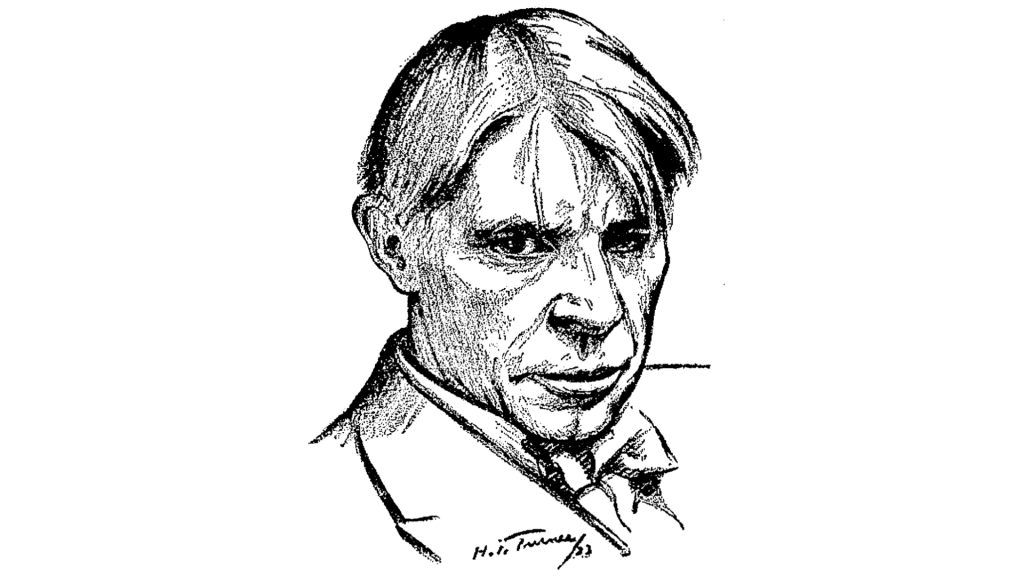
A. Henry W. Longfellow
B. Carl Sandburg
C. Emily Dickinson
D. Edgar Allan Poe
Answer: B. Carl Sandburg

Insight: Prolific American writer Carl Sandburg wasn’t just a poet and journalist; he was also a Lincoln aficionado. His democratic approach to history shone in his acclaimed four-volume biography, “Abraham Lincoln: The War Years,” which even earned him a Pulitzer Prize. Beyond the written word, Sandburg’s passion extended to American folk music, where he was both a collector and singer.
40. After shooting President Lincoln, what did John Wilkes Booth shout as he jumped onto the stage?

A. Viva la revolución
B. Useless, Useless
C. The South shall rise again
D. Sic Semper Tyrannis
Answer: D. Sic Semper Tyrannis

Insight: John Wilkes Booth’s cry of “Sic semper tyrannis” (“Thus always to tyrants”) after assassinating Lincoln linked the act to tyrannicide. Ironically, this Latin phrase is the motto of Virginia, Booth’s home state, highlighting the deep political divisions of the era.
41. In the 1850s, when slavery was still legal in the southern United States, what was Abraham Lincoln’s position on this issue?

A. He was an abolitionist
B. He supported slavery
C. He was indifferent towards the issue
D. He believed in the rights of states to decide for themselves
Answer: A. He was an abolitionist

Insight: Abraham Lincoln’s views on slavery transformed throughout his presidency. Initially, he prioritized national unity over immediate abolition, opposing only slavery’s expansion. However, as the Civil War erupted, Lincoln’s stance shifted. The Emancipation Proclamation in 1862 reflected this change, freeing slaves in Confederate states.
42. During which ‘war’ did Lincoln serve in the militia?

A. French-Canadian War
B. Black Hawk War
C. War of 1812
D. Civil War
Answer: B. Black Hawk War
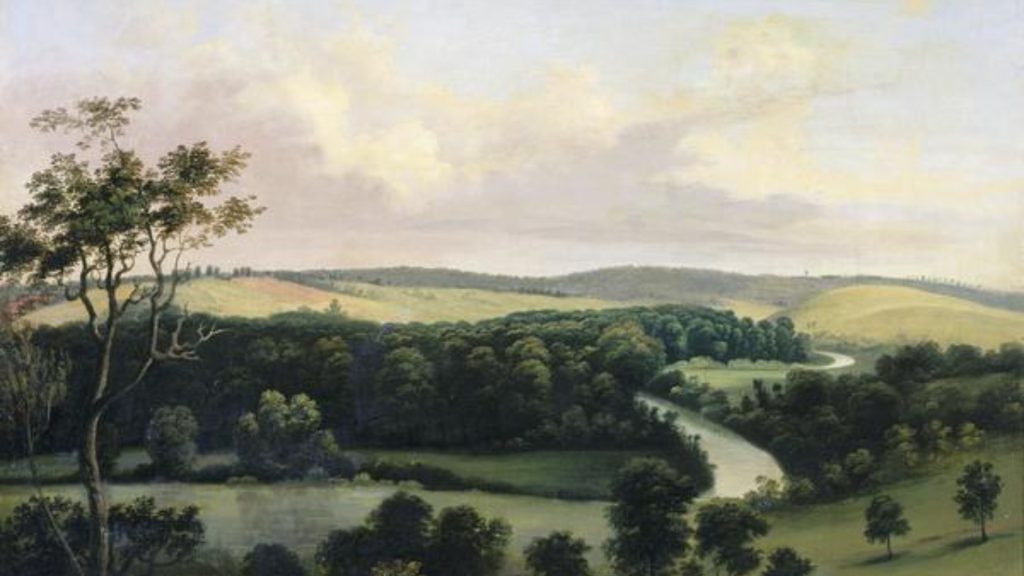
Insight: Briefly serving in the Illinois Militia during the Black Hawk War of 1832, Abraham Lincoln gained experience beyond the battlefield. While not seeing combat, his roles as captain and even a spy offered him valuable lessons in leadership that would later influence his political career.
43. What political office did Abraham Lincoln run for to kickstart his political career in 1832?
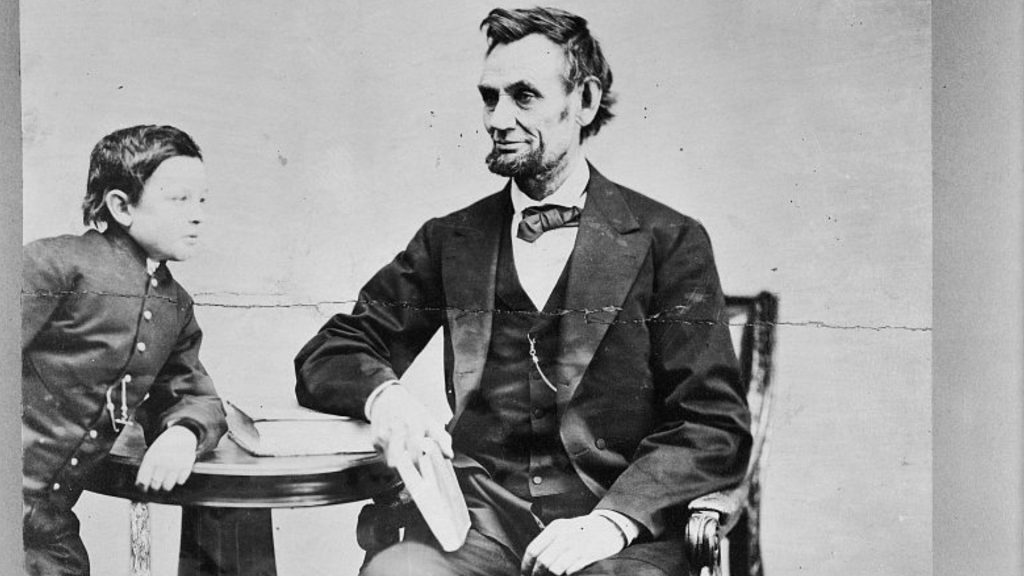
A. The Illinois General Assembly
B. Illinois Attorney General
C. The Mayoral Office
D. U.S. House of Representatives
Answer: A. The Illinois General Assembly

Insight: Abraham Lincoln’s political journey began with a loss in his 1832 bid for the Illinois General Assembly. A natural storyteller, he used this setback as a springboard, honing his skills and securing a seat two years later. This marked the first step on his path to the White House.
44. How many children did Abraham Lincoln have?
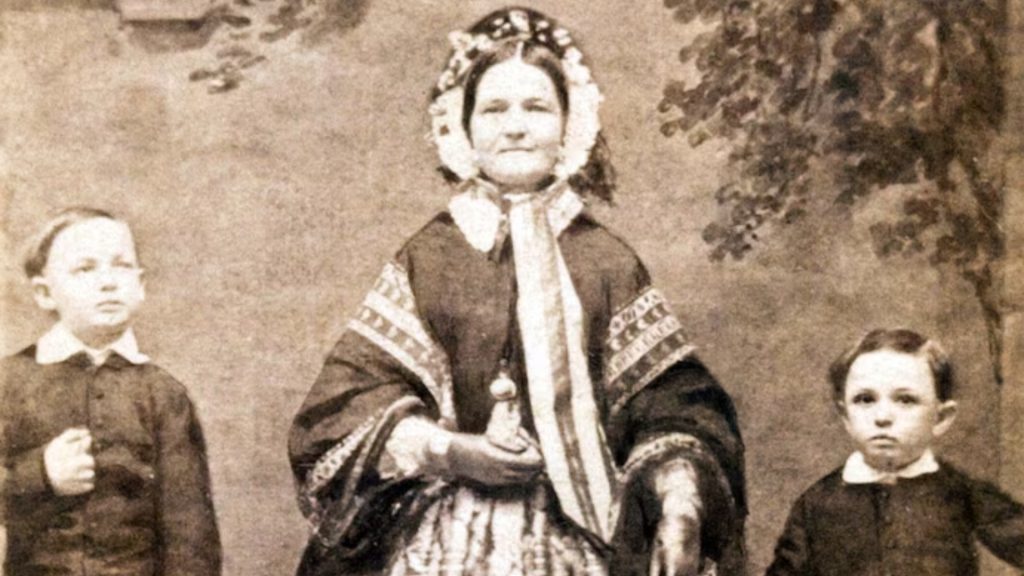
A. Four
B. Three
C. Two
D. Five
Answer: A. Four
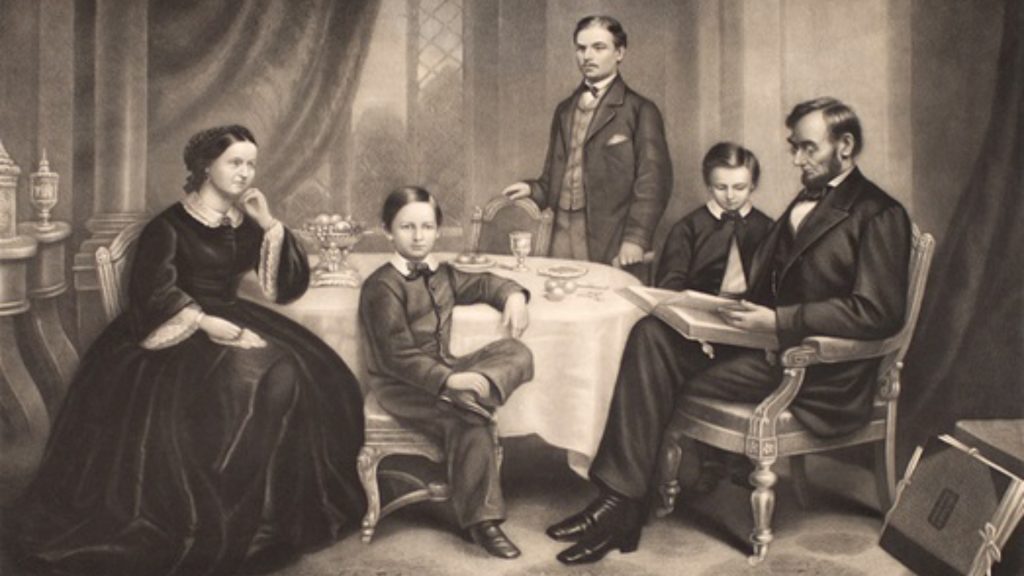
Insight: Despite having four sons with Mary Todd Lincoln, Abraham Lincoln never witnessed any grandchildren. Three of his sons sadly passed away young, leaving only Robert Lincoln to reach adulthood. This personal tragedy adds another layer to Lincoln’s remarkable story.
45. Which building in Washington, DC did Abraham Lincoln push to have restored following the Civil War?
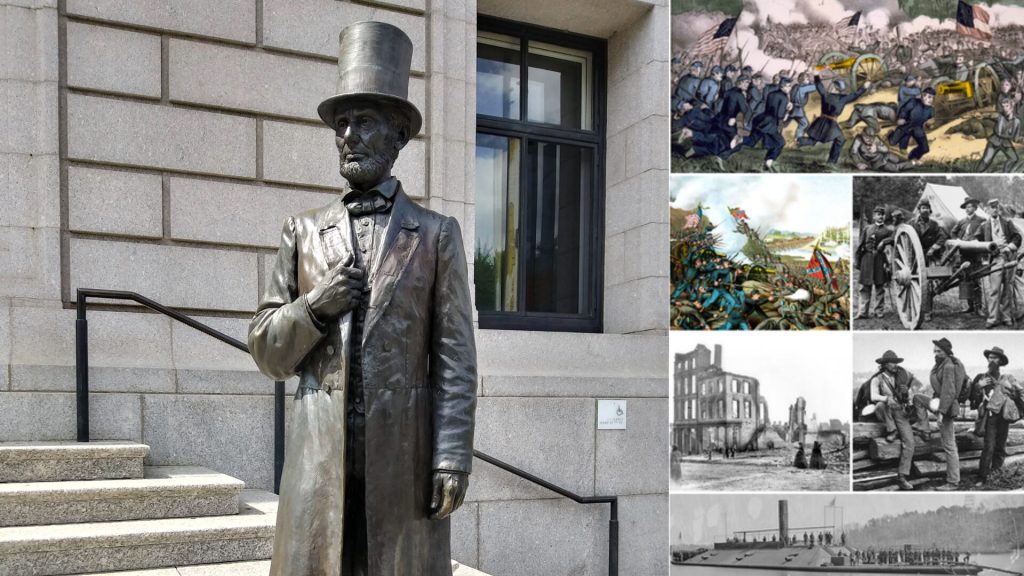
A. US Capitol Building
B. Washington Memorial
C. The White House
D. Library of Congress
Answer: A. US Capitol Building
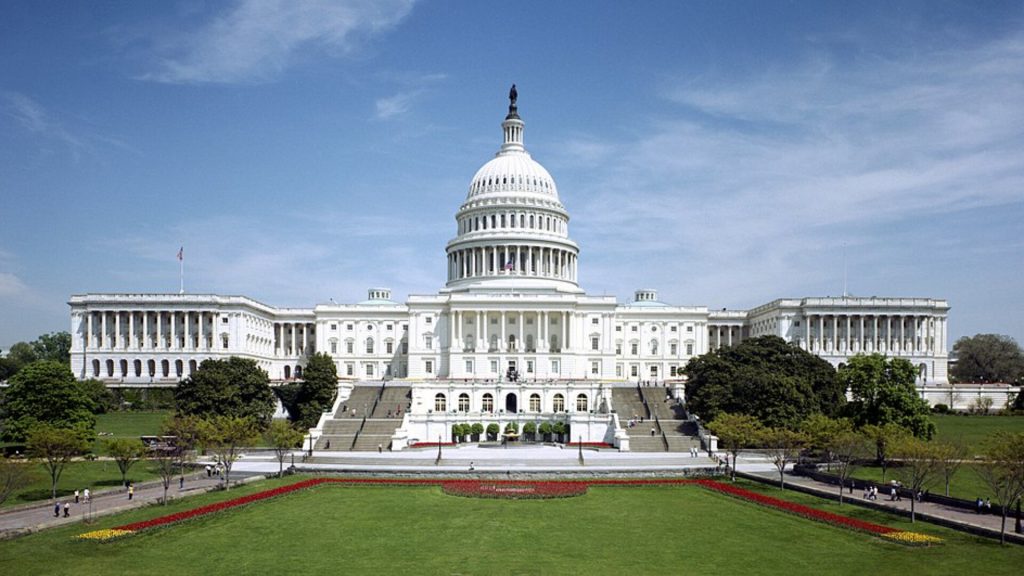
Insight: Believing a unified nation needed a symbol of unity, Abraham Lincoln championed the completion of the Capitol dome even during the Civil War. This ongoing construction, he argued, sent a powerful message: the fractured nation would persevere.
46. Who was the law partner of Mr. Lincoln and also wrote an early biography of him?

A. Joshua Speed
B. Hannibal Hamlin
C. Bowling Green
D. William Herndon
Answer: D. William Herndon

Insight: More than just Abraham Lincoln’s law partner, William Herndon became his biographer and close friend. He admired Lincoln’s character and captured a unique perspective on his life. Herndon, an early Republican and mayor of Springfield, left valuable historical records through his writings on Lincoln.
47. In which year did Abraham Lincoln secure victory in his second run for the state legislature?
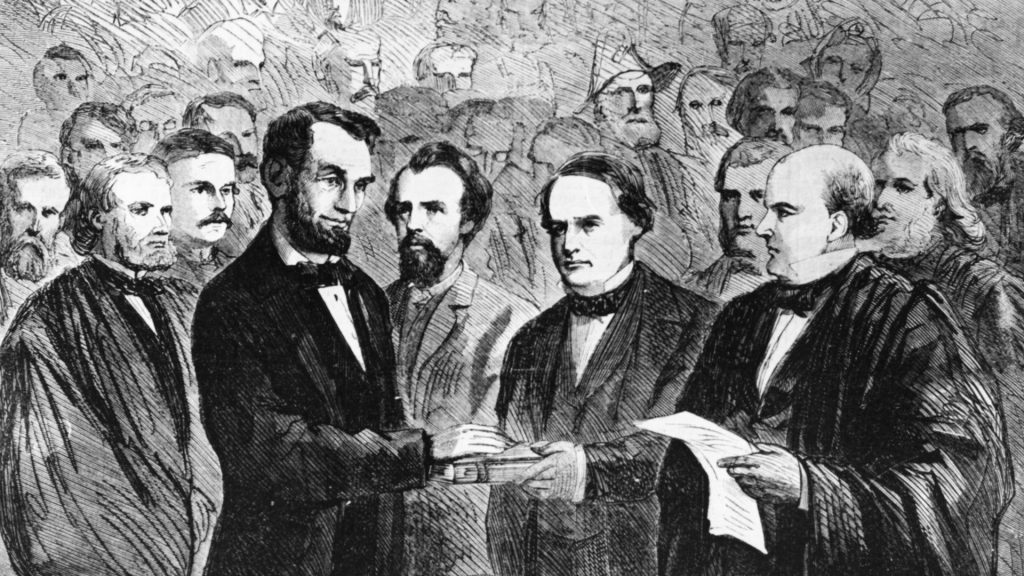
A. 1833
B. 1834
C. 1832
D. 1839
Answer: B. 1834
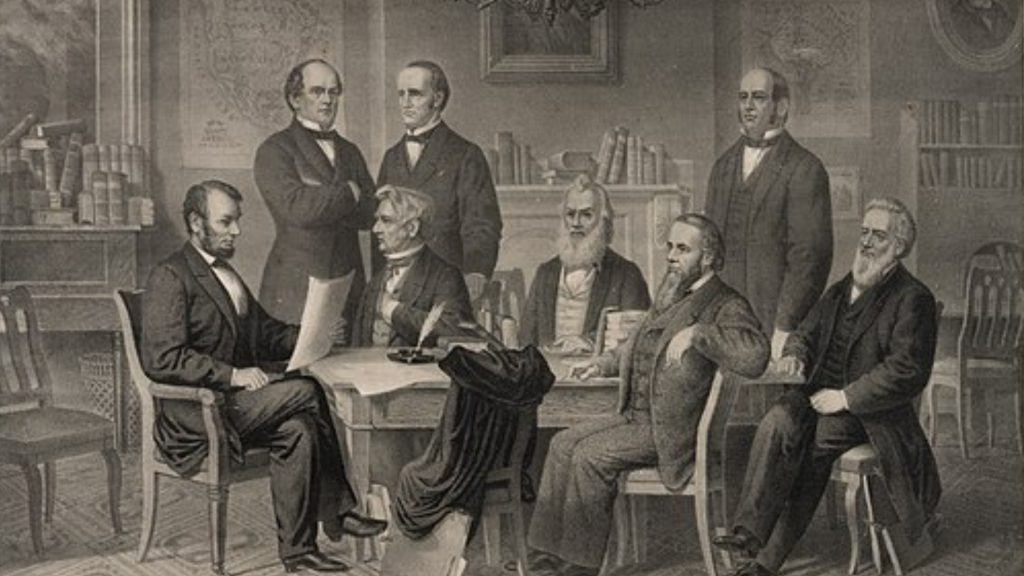
Insight: Undeterred by an initial defeat, Abraham Lincoln bounced back to win his second attempt at a state legislature seat in 1834. This victory, as a Whig representing Sangamon County, Illinois, marked the beginning of his remarkable political journey that would culminate in his becoming the 16th President of the United States.
48. Following the assassination of Abraham Lincoln, for how long was Booth able to evade capture?
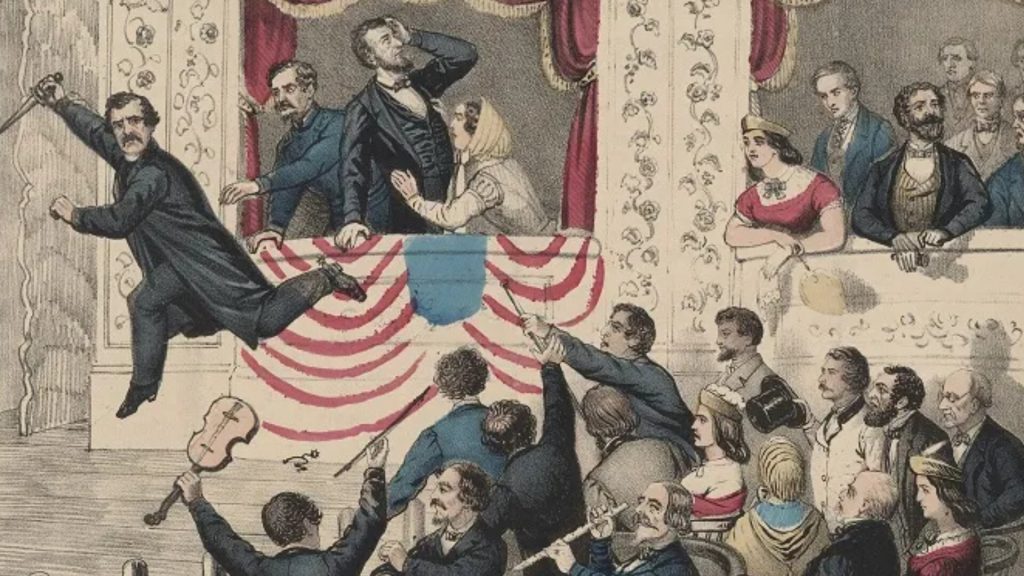
A. 24 days
B. 6 hours
C. 12 days
D. 6 days
Answer: C. 12 days

Insight: Despite a 12-day manhunt fueled by a hefty reward, Abraham Lincoln’s killer, John Wilkes Booth, remains at large. His escape from Ford’s Theatre stretched across three states, but on April 26, 1865, he was cornered in a Virginia farmhouse. Refusing to surrender, Booth met his demise at the hands of a Union soldier.
49. By the time Abraham Lincoln was inaugurated in March 1861, how many Southern states had already seceded from the Union?

A. Five
B. Three
C. Seven
D. Eight
Answer: C. Seven
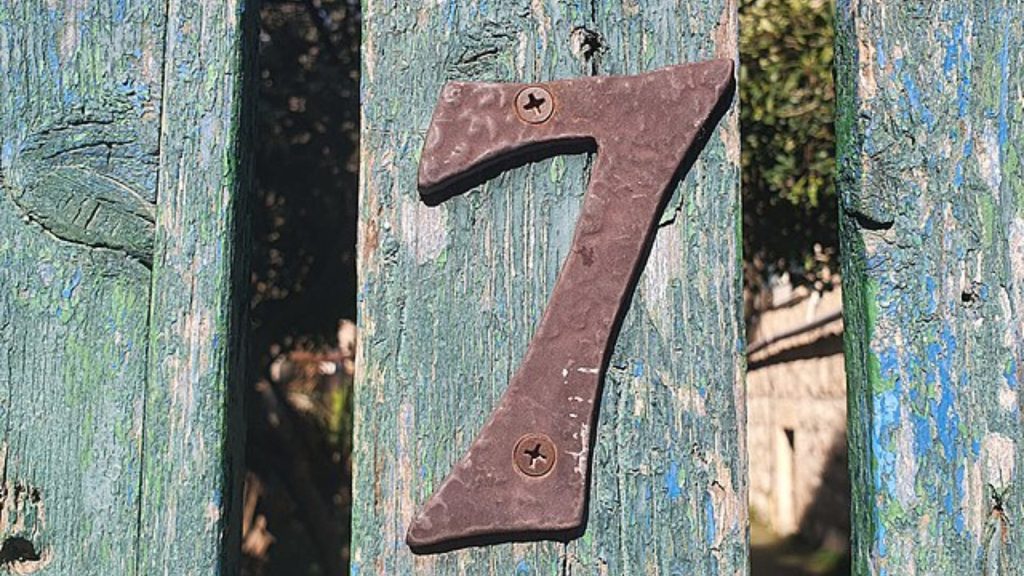
Insight: When Abraham Lincoln became president in 1861, the nation was already deeply divided. Fearing his anti-slavery stance, seven Southern states had seceded and formed the Confederacy. Lincoln’s efforts to hold the remaining slave states in the Union failed, pushing the country to the precipice of civil war.
50. Who served as the Vice President to Abraham Lincoln during his first term in office?
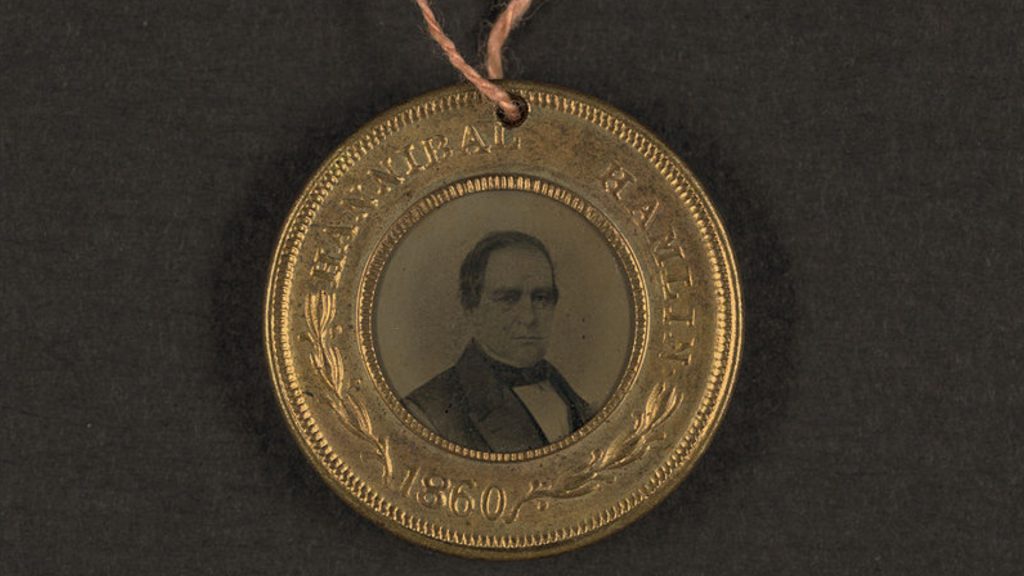
A. Hannibal Hamlin
B. John C. Breckinridge
C. Stephen Douglas
D. Charles Sumner
Answer: A. Hannibal Hamlin
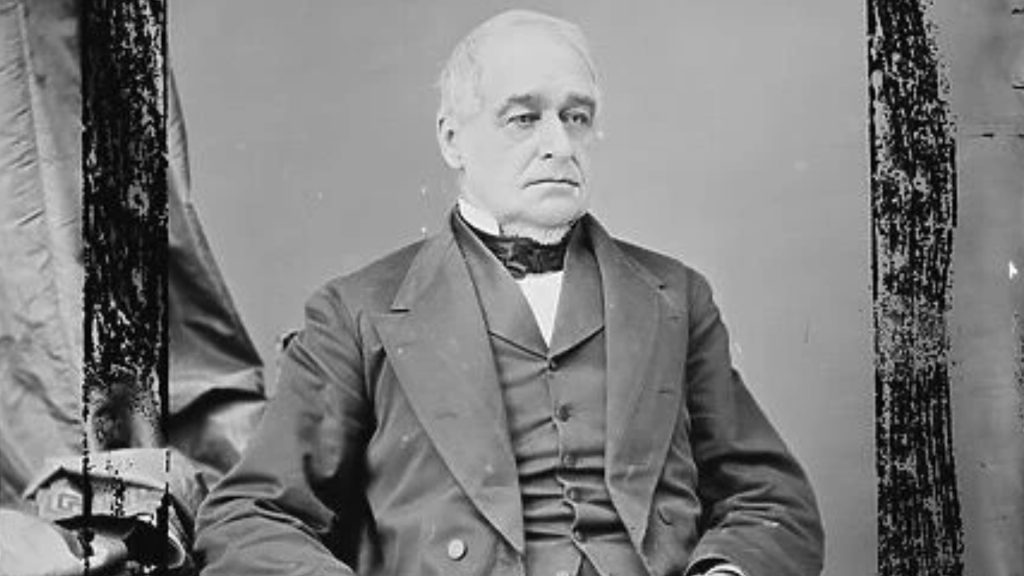
Insight: Maine’s Hannibal Hamlin served as the first Republican Vice President alongside Abraham Lincoln during his initial term. A staunch advocate for civil rights, Hamlin’s role, however, proved less prominent. In a twist of political maneuvering, Lincoln chose a different running mate for his re-election bid in 1864.
51. Who is credited with the comment ‘now he belongs to the ages’ following the death of Lincoln?

A. Ulysses Grant
B. Edwin Stanton
C. William Seward
D. John Wilkes Booth
Answer: B. Edwin Stanton
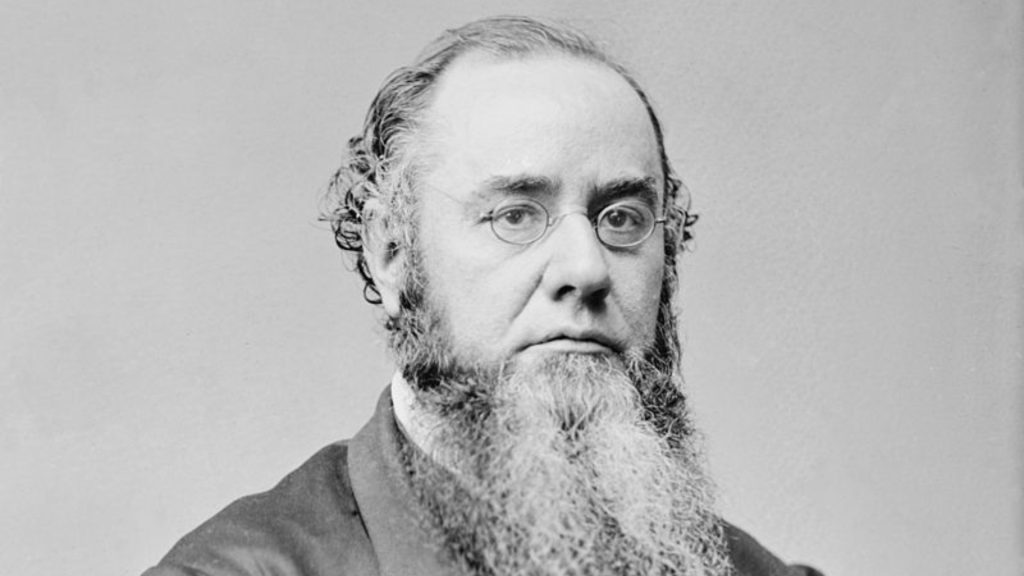
Insight: Following President Lincoln’s assassination, Secretary of War Edwin Stanton, a close friend of the president, uttered the now-famous words, “now he belongs to the ages.” This simple phrase captured the nation’s grief and acknowledged Lincoln’s legacy as one that would forever shape American history.
52. In the 1860 presidential election, Lincoln won partially because another candidate ‘split’ the ticket, drawing votes away from Douglas. Who was this candidate?

A. John C. Breckinridge
B. Rutherford B. Hayes
C. Winfield Scott
D. Andrew Johnson
Answer: A. John C. Breckinridge

Insight: In the 1860 presidential race, John C. Breckinridge unintentionally played a crucial role in Abraham Lincoln’s victory. As a Southern Democrat, his candidacy split the Democratic vote, benefiting Lincoln over Stephen A. Douglas, the Northern Democrat. This division illustrates how multiple strong candidates within a party can sway election outcomes.
53. Who is the author of the acclaimed play titled Abe Lincoln in Illinois?
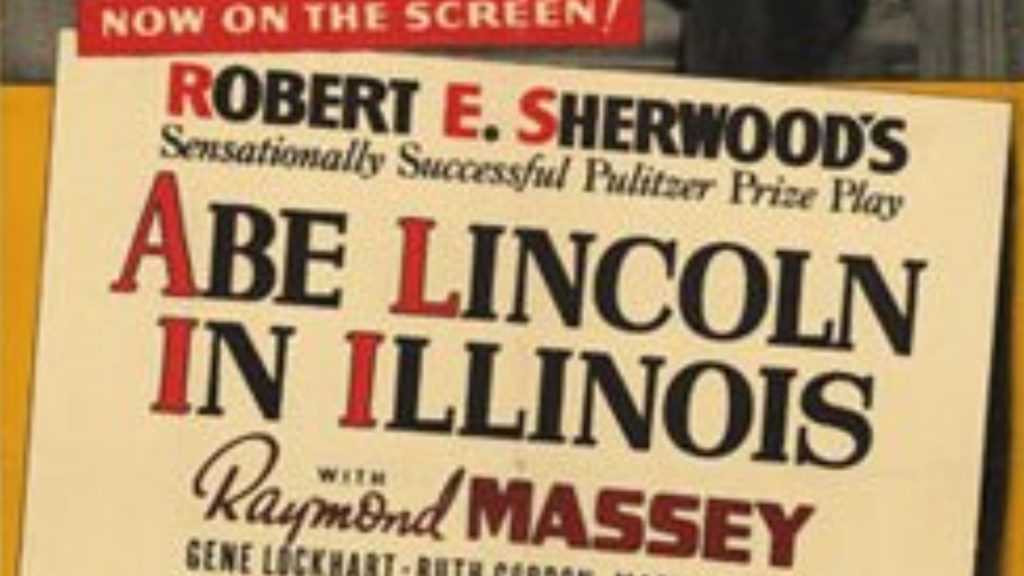
A. Elmer Rice
B. Clifford Odets
C. Tennessee Williams
D. Robert E. Sherwood
Answer: D. Robert E. Sherwood

Insight: History buffs and theater lovers won’t want to miss “Abe Lincoln in Illinois” by Robert E. Sherwood. This Pulitzer Prize-winning play (1939) follows Abraham Lincoln’s rise from ordinary Illinois citizen to President of the United States. Sherwood, a renowned American playwright, is known for his captivating characters and storytelling.
54. In his younger years, who was a close companion of Lincoln?

A. William H. Herndon
B. Robert Todd Lincoln
C. Joshua Speed
D. John Hay
Answer: C. Joshua Speed
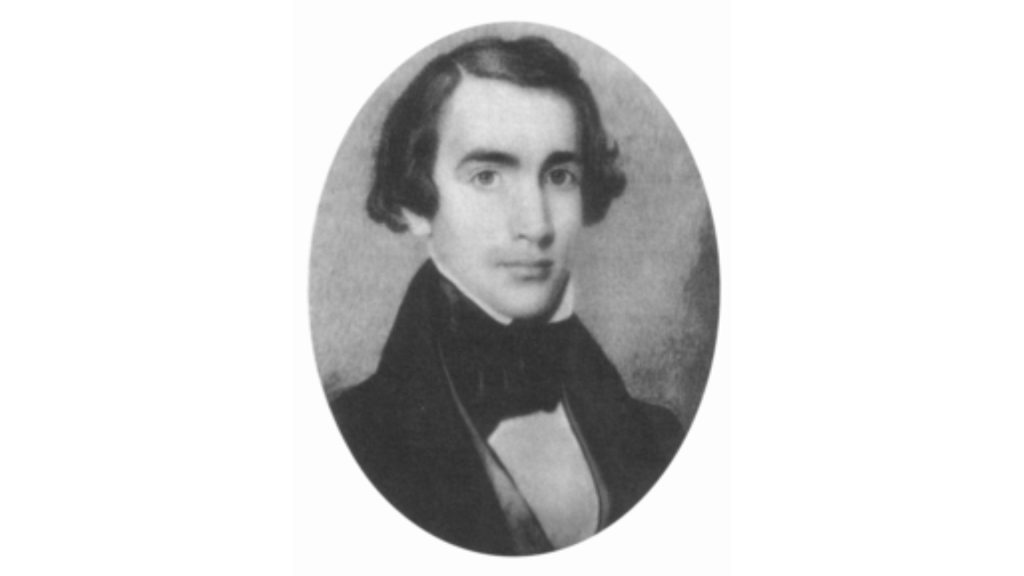
Insight: Abraham Lincoln and Joshua Speed formed a deep bond in their youth. Sharing a bed for four years—a common practice back then, solidified their friendship. Historians consider this companionship to be a pillar of support for Lincoln during difficult times. While some speculate on a romantic element due to their closeness, the exact nature of their relationship remains debated.
55. On which date did the 16th President of the United States, Abraham Lincoln, get married?
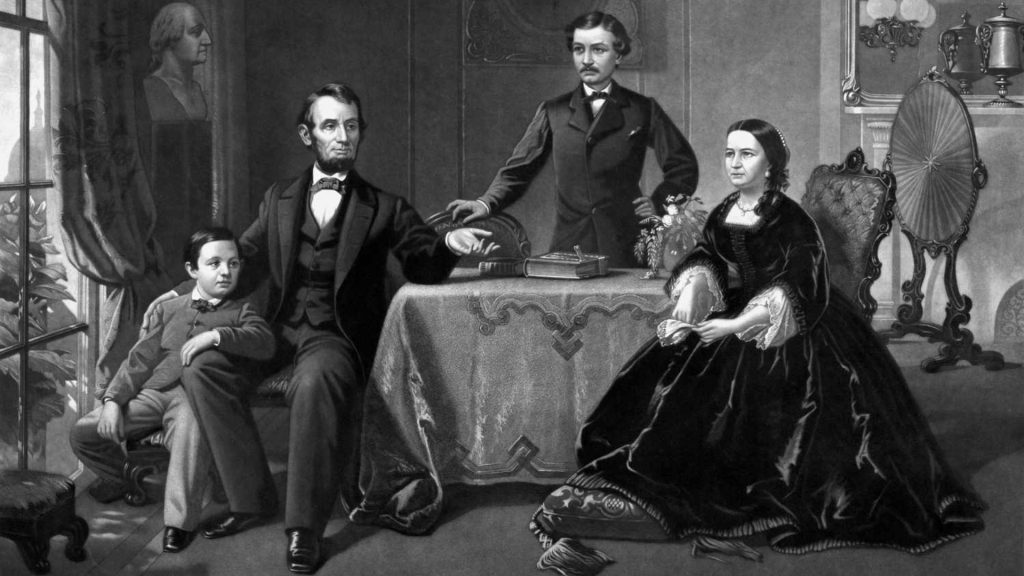
A. November 4, 1842
B. April 15, 1842
C. October 31, 1842
D. June 8, 1842
Answer: A. November 4, 1842
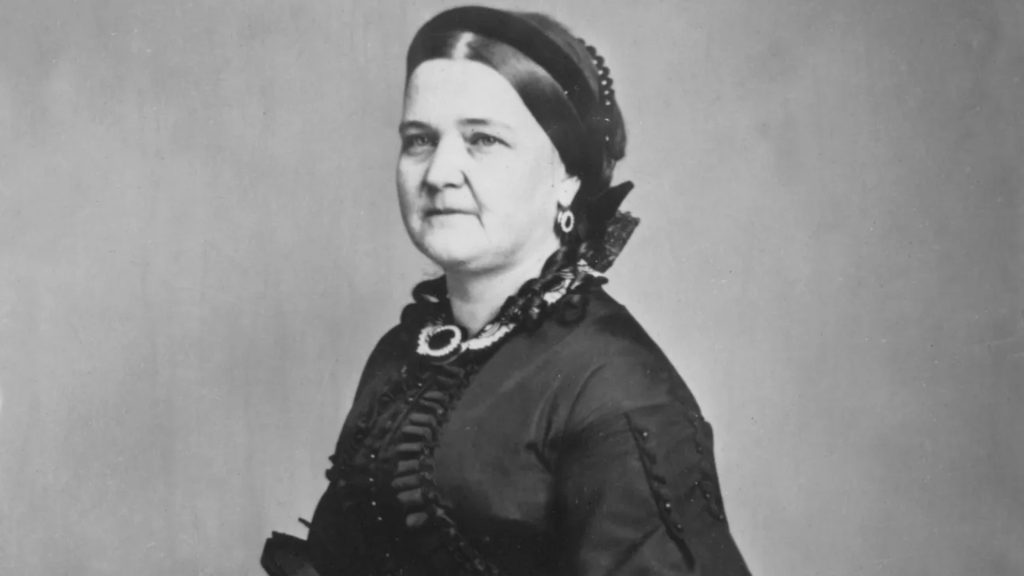
Insight: Abraham Lincoln’s path to wedded bliss wasn’t smooth sailing. After an initial failed engagement in 1841, he and Mary Todd rekindled their romance and tied the knot the following fall, on November 4, 1842.
56. In the latter part of 1854, Abraham Lincoln made a comeback in politics. He ran, albeit without success, as a Whig against Lyman Trumbull for a position. Where was this seat situated?
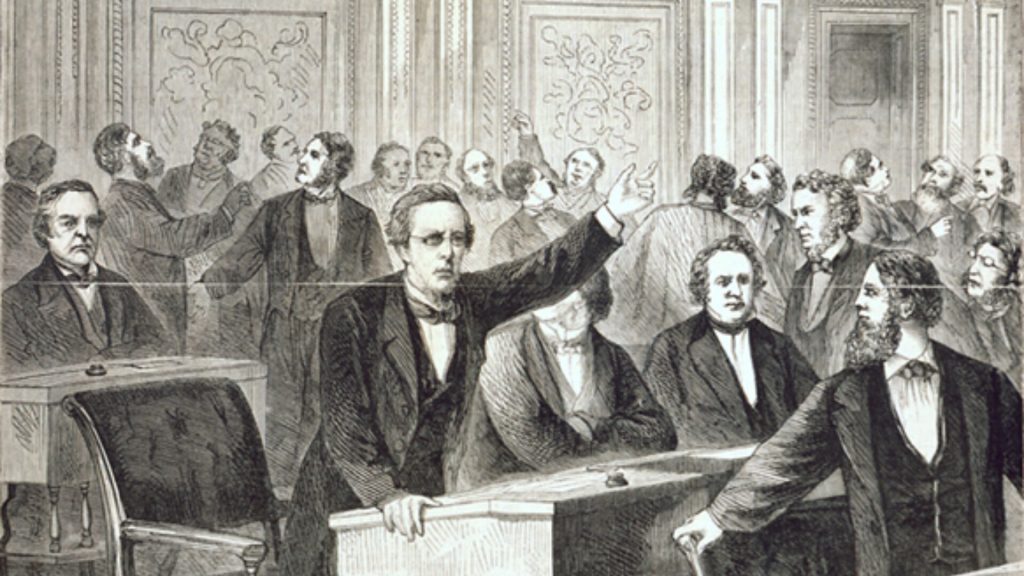
A. Illinois Supreme Court
B. U.S. House of Representatives
C. Presidency
D. U.S. Senate
Answer: D. U.S. Senate

Insight: Abraham Lincoln re-entered politics in 1854 by running for the U.S. Senate. His campaign focused on opposing the expansion of slavery, a key issue of the time. While he didn’t win this election, it marked a significant return to the national stage for Lincoln.
57. What was the name of the farm where the Lincoln family resided in Kentucky?
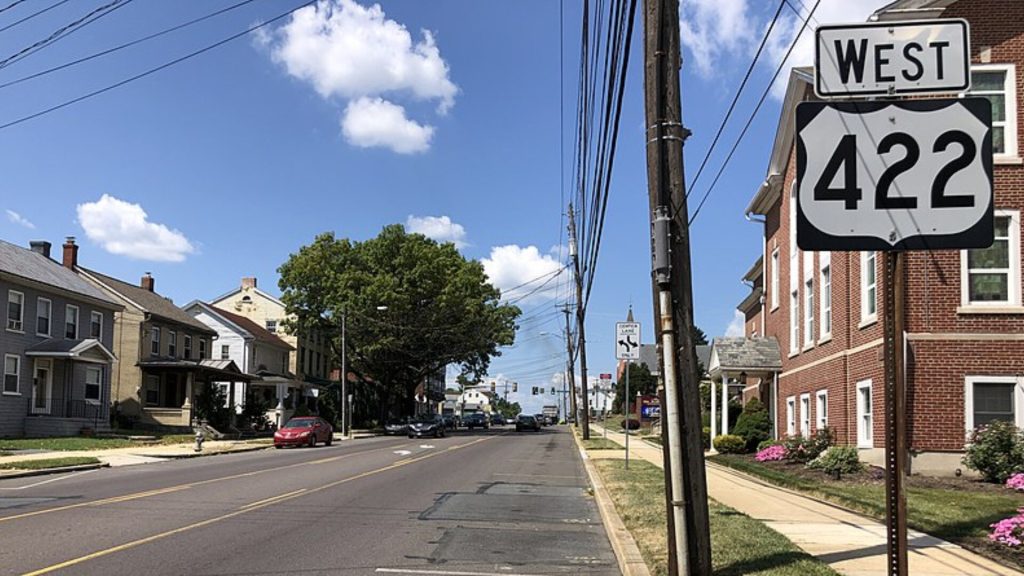
A. Sinking Spring
B. Rolling Creek
C. Lincoln Farms
D. Black Oak
Answer: A. Sinking Spring
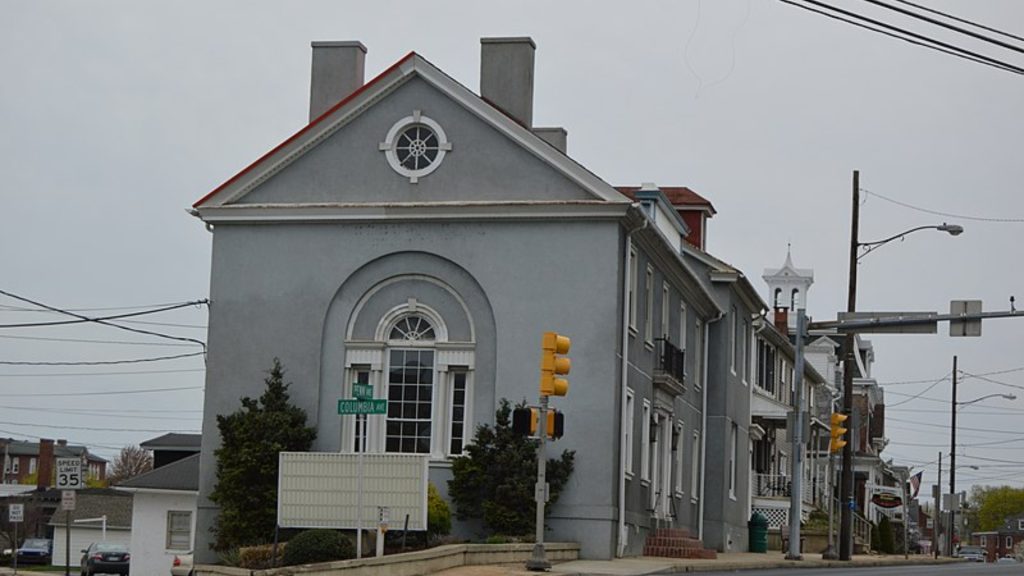
Insight: Abraham Lincoln’s early life wasn’t all in one place! Born at Sinking Spring Farm, he lived there for a few years before the family moved to Knob Creek Farm. Today, both locations are part of the Abraham Lincoln Birthplace National Historical Park, letting you explore where it all began for this iconic president.
58. What was the cause of the premature death of Lincoln’s mother?
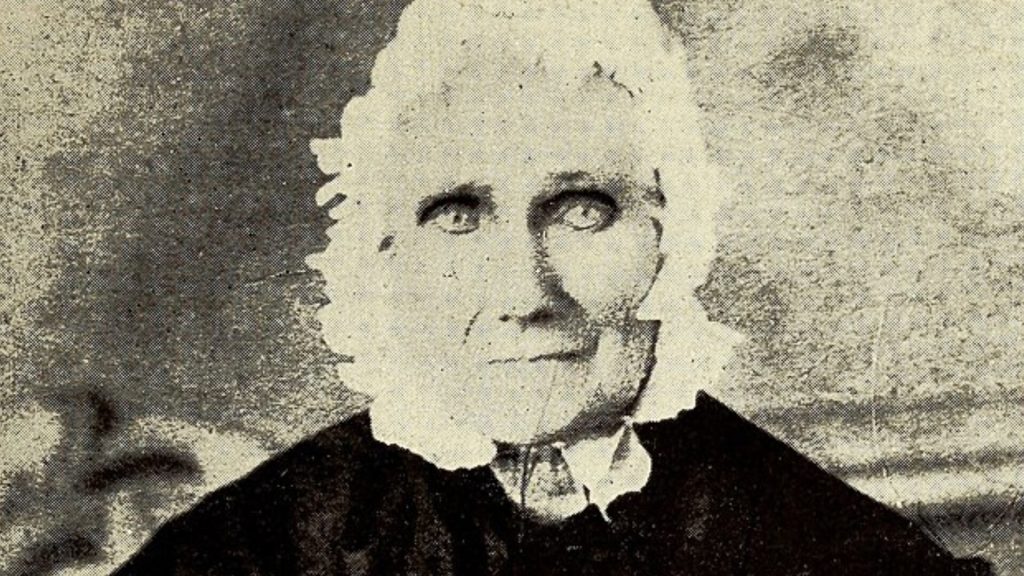
A. Tuberculosis
B. Heart Disease
C. Brain Fever
D. Milk Sickness
Answer: D. Milk Sickness

Insight: The mysterious “Milk Sickness” plagued rural America in the 19th century, claiming many lives. Tragically, it’s believed to have taken Abraham Lincoln’s mother, Nancy Hanks Lincoln, in 1818. This illness, caused by cows ingesting the toxic White Snakeroot plant and passing it on through their milk, remained a puzzling killer until the source of the poison was finally identified later in the century.
59. Upon reaching Springfield, Illinois, Abraham Lincoln began his law studies under a gentleman who later became his initial law partner. Who was this individual?

A. Thomas Browne
B. William Herndon
C. Dennis Hanks
D. John Stuart
Answer: D. John Stuart

Insight: Abraham Lincoln launched his legal career in Springfield, Illinois, apprenticing under prominent lawyer John Stuart. Interestingly, both Stuart and another of Lincoln’s future law partners, Stephen Logan, were related to Mary Todd, the woman he would eventually marry. It seems Lincoln found not only legal guidance but also some unexpected family connections in Springfield.
60. Following their departure from Doctor Mudd’s residence, John Wilkes Booth and David received assistance from Samuel Cox and Thomas Jones. What was Thomas Jones’ prior profession?
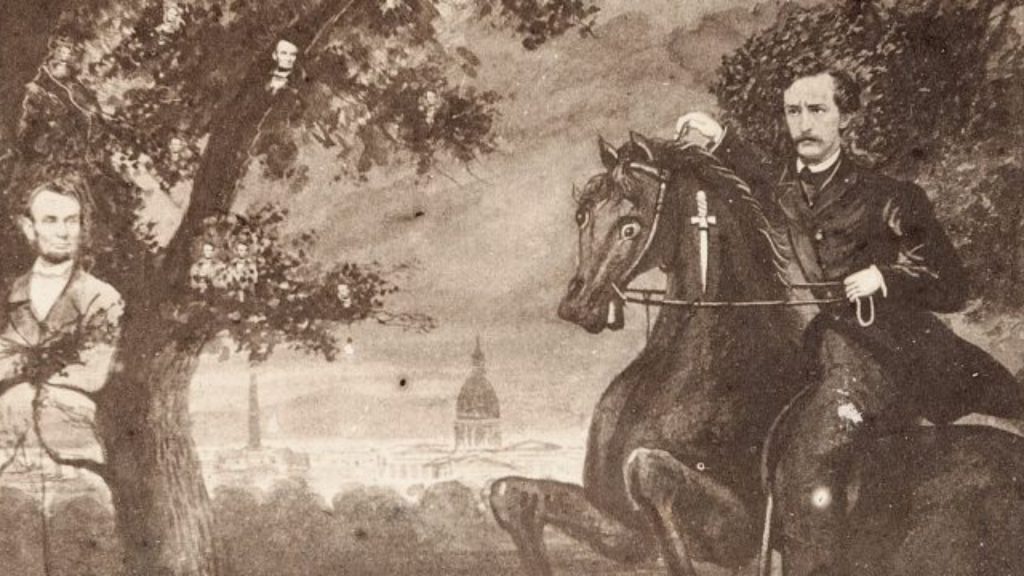
A. Secret Service Agent
B. Confederate House Representative
C. Pinkerton Cop
D. Railroad Conductor
Answer: A. Secret Service Agent

Insight: A former Confederate spy with a talent for evasion, Thomas Jones was the perfect choice for John Wilkes Booth and David Herold after they assassinated President Lincoln. Jones’ expertise in helping fugitives was well-known, despite his own past troubles – a lost farm and a wife’s death due to a previous arrest for disloyalty. Putting his own safety aside, Jones took a big risk to help Booth and Herold escape.

